2024 School Field Trip Programs
Welcome!
Make 19th Century Curran Village, Orrington & Holden, Maine
The Destination of Your 2024 School Field Trip!
Much has happened to the museum since 2020 with the relocation of fourteen buildings as well as our school field trip programming from our one-time southern Maine location. Our 2023 season was transitional in that we welcomed a half a dozen school groups for no admissions cost (these included public, private and homeschool groups) for a tour; our hands-on learning stations had not been set up and operational yet. Scroll down to see a full description of all our future offerings. The unpacking and set-up of these learning resources is ongoing.
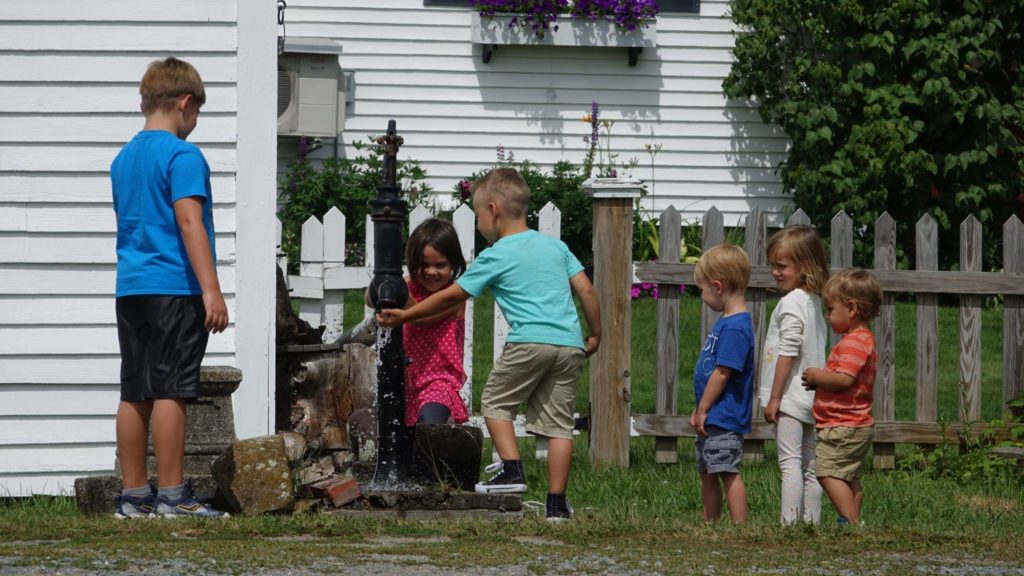
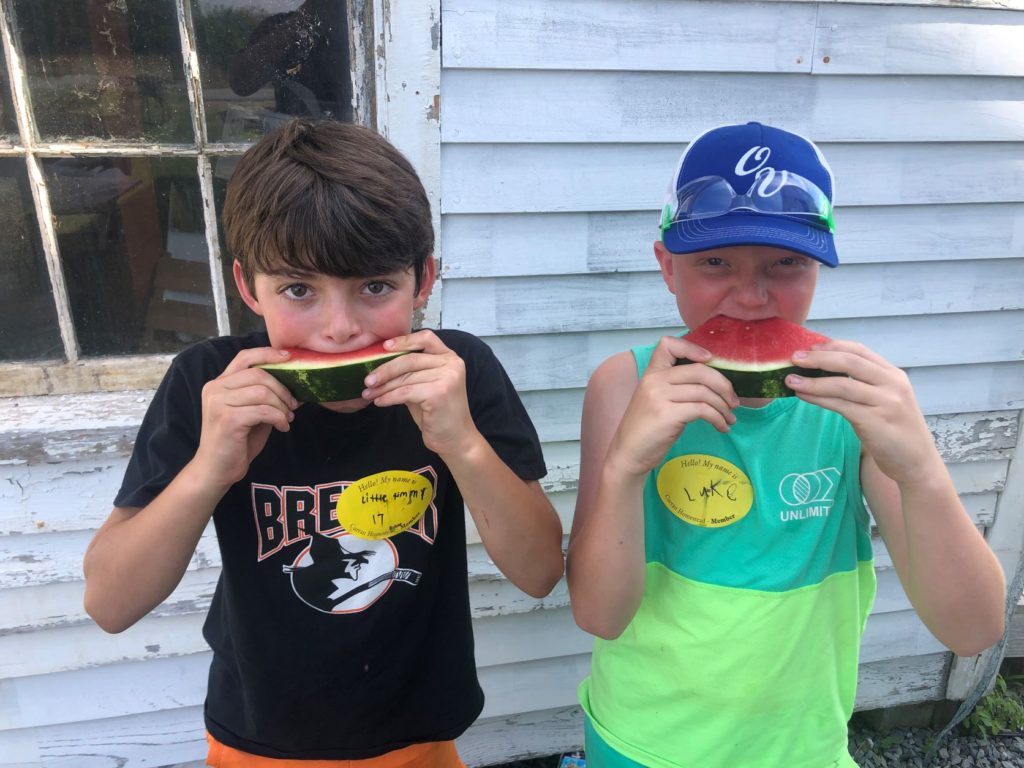
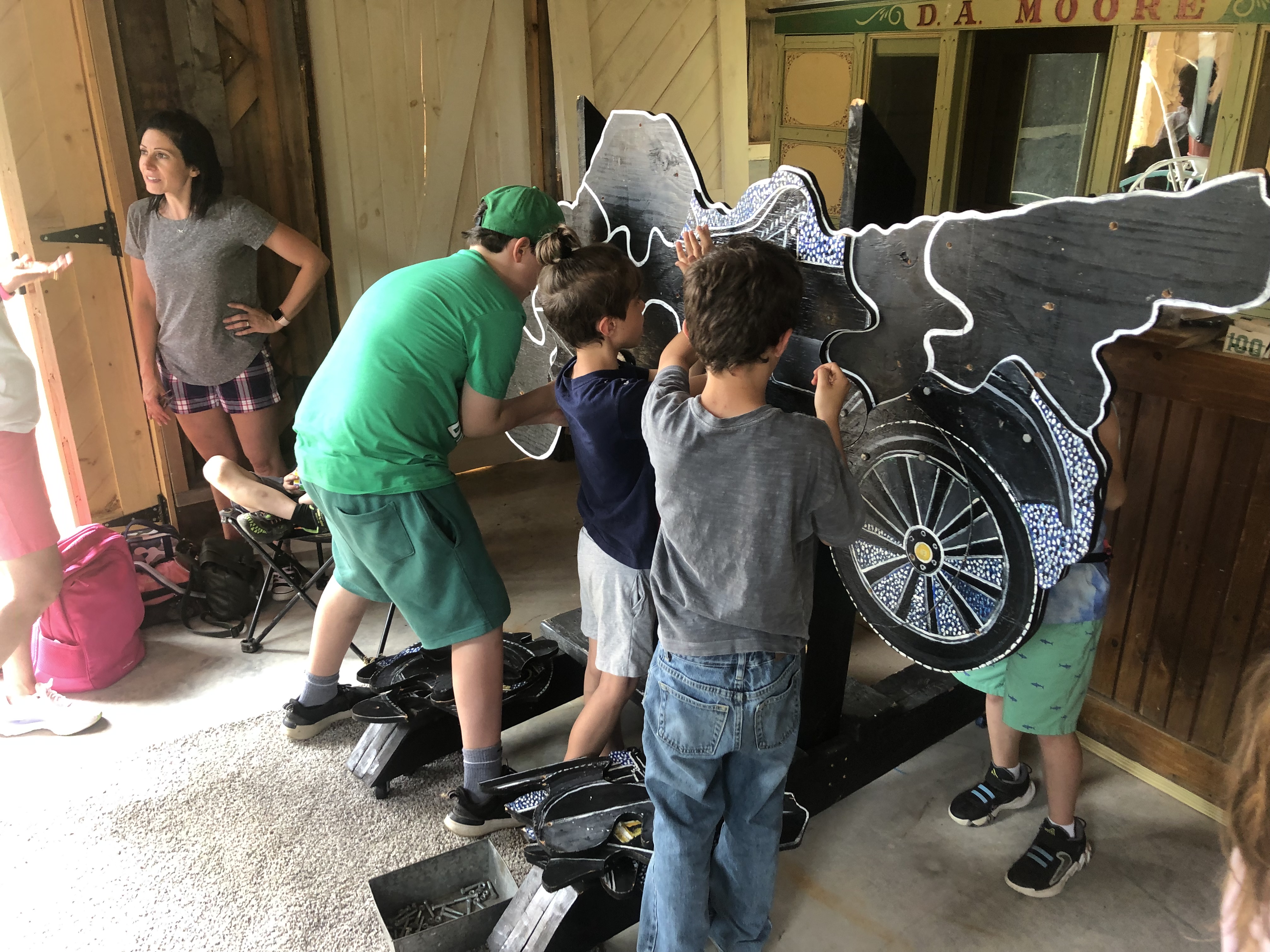
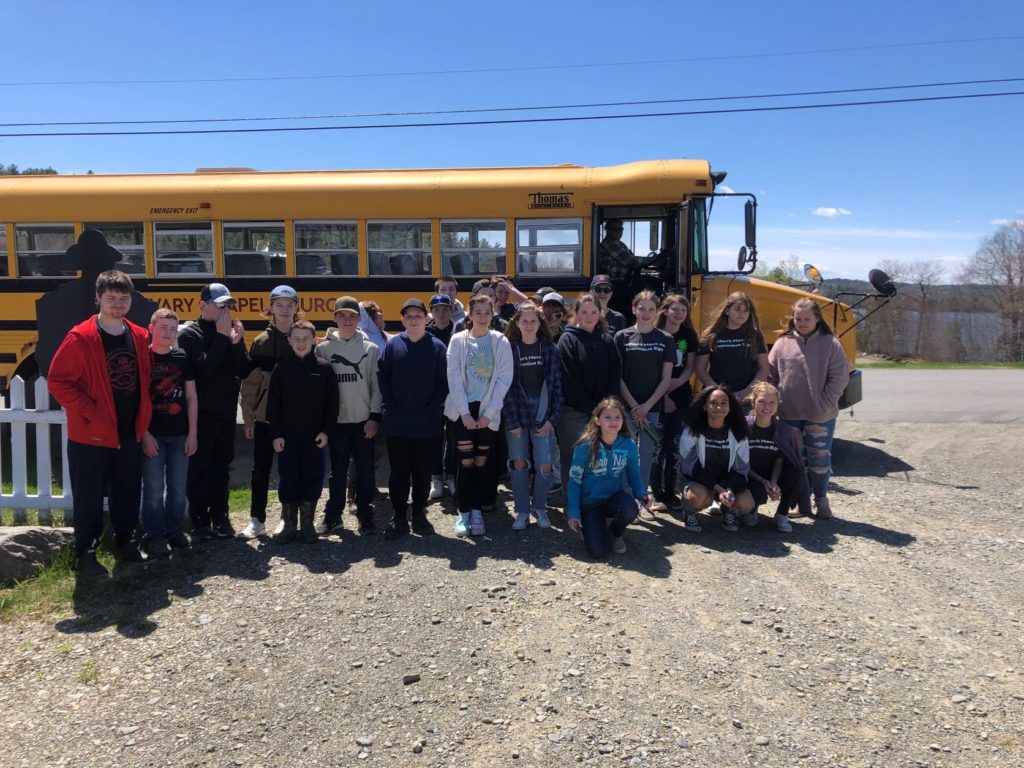
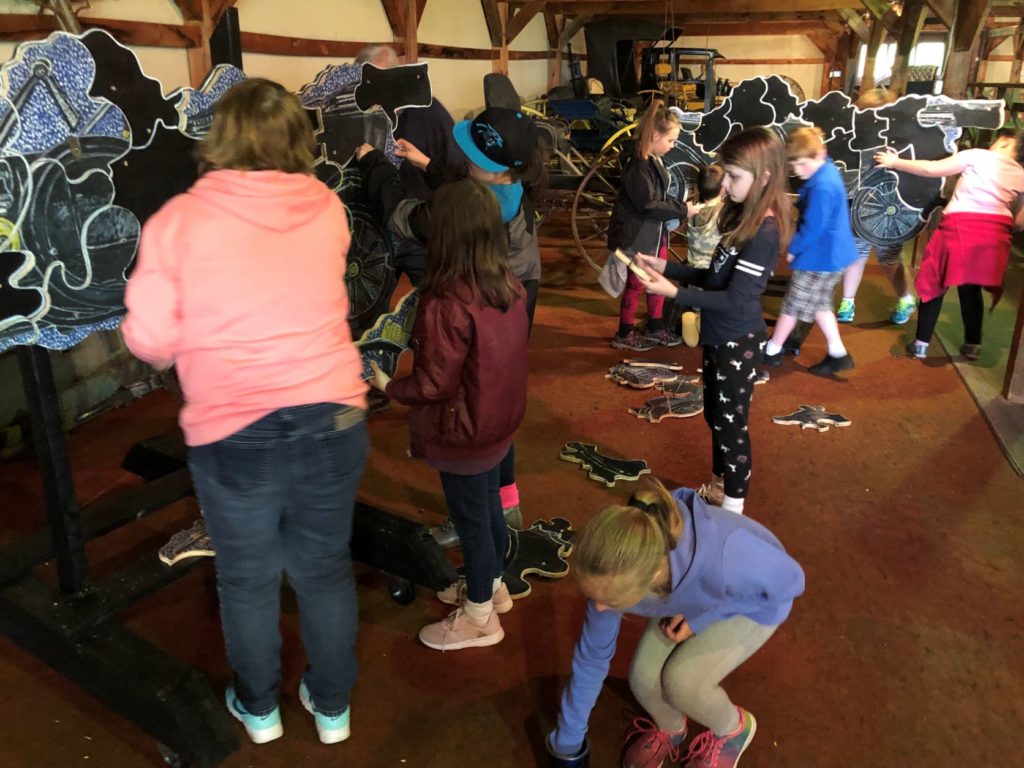
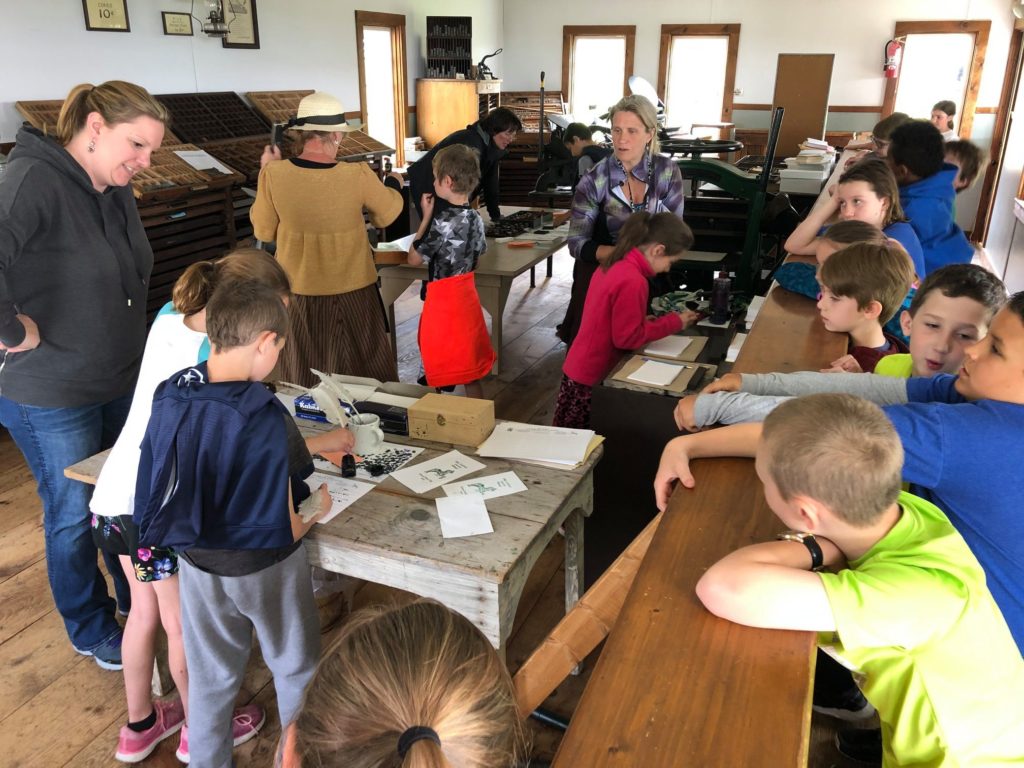
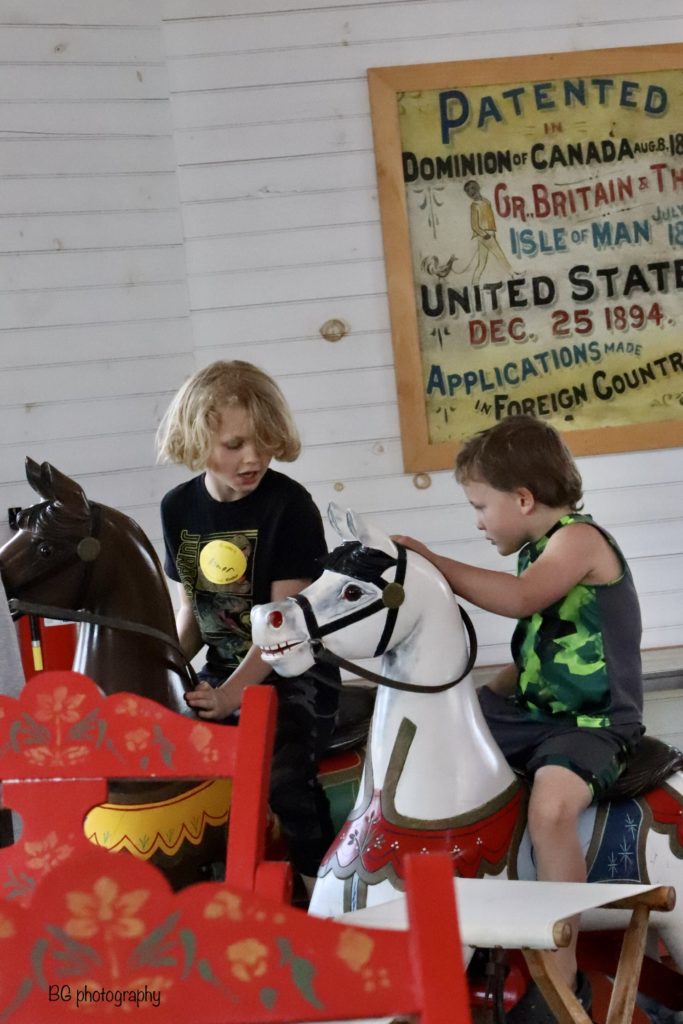

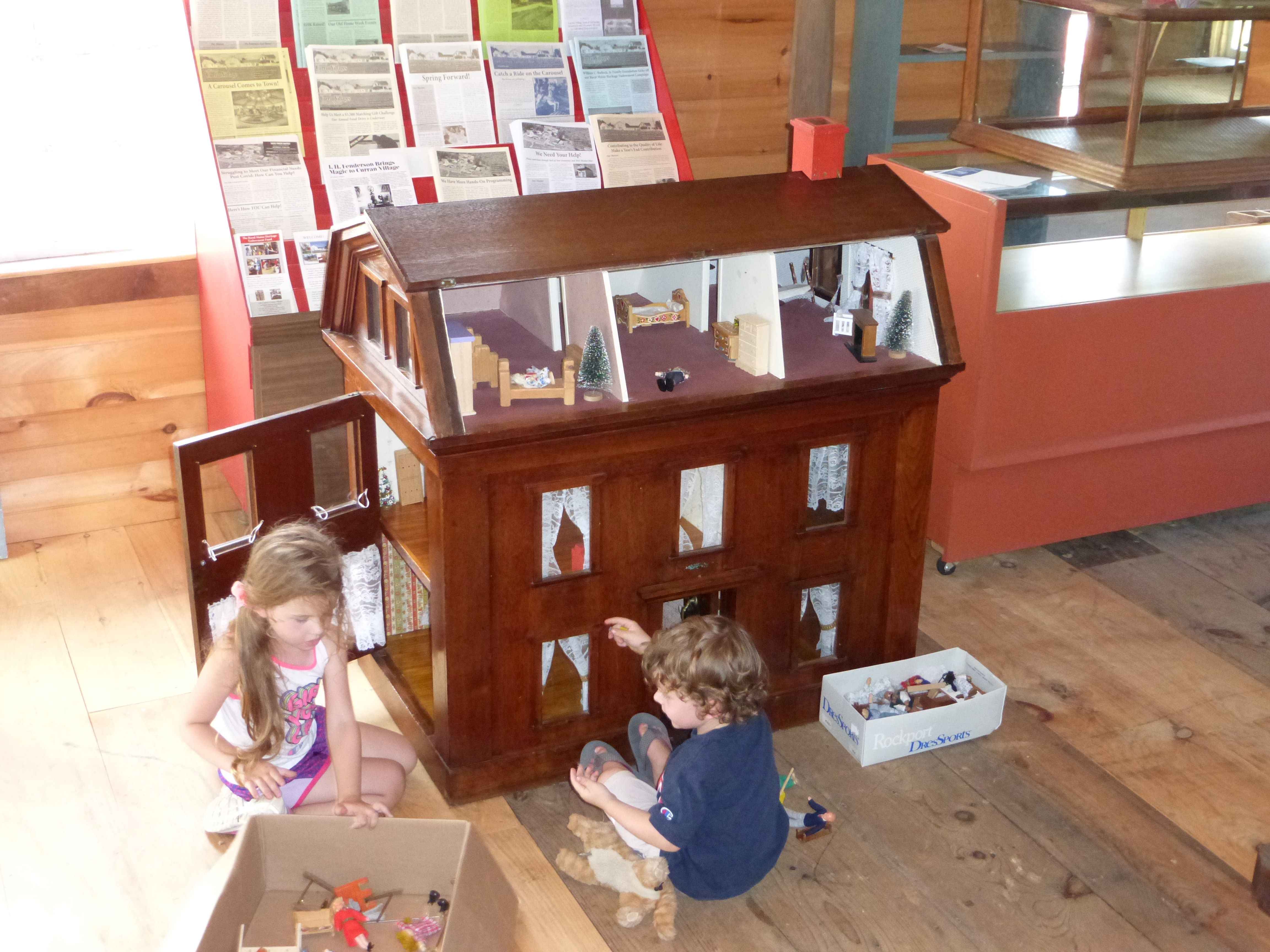
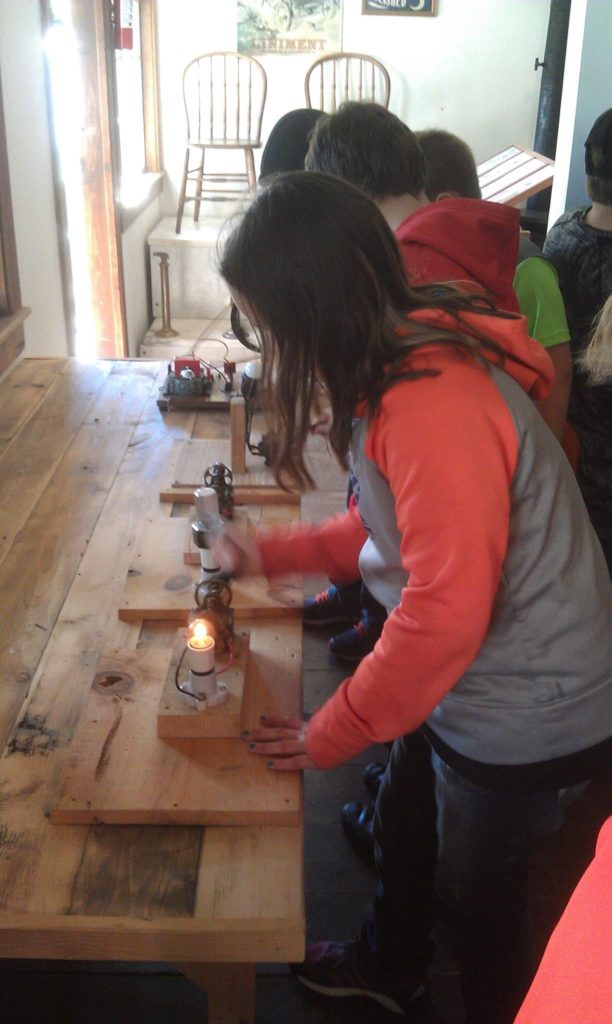
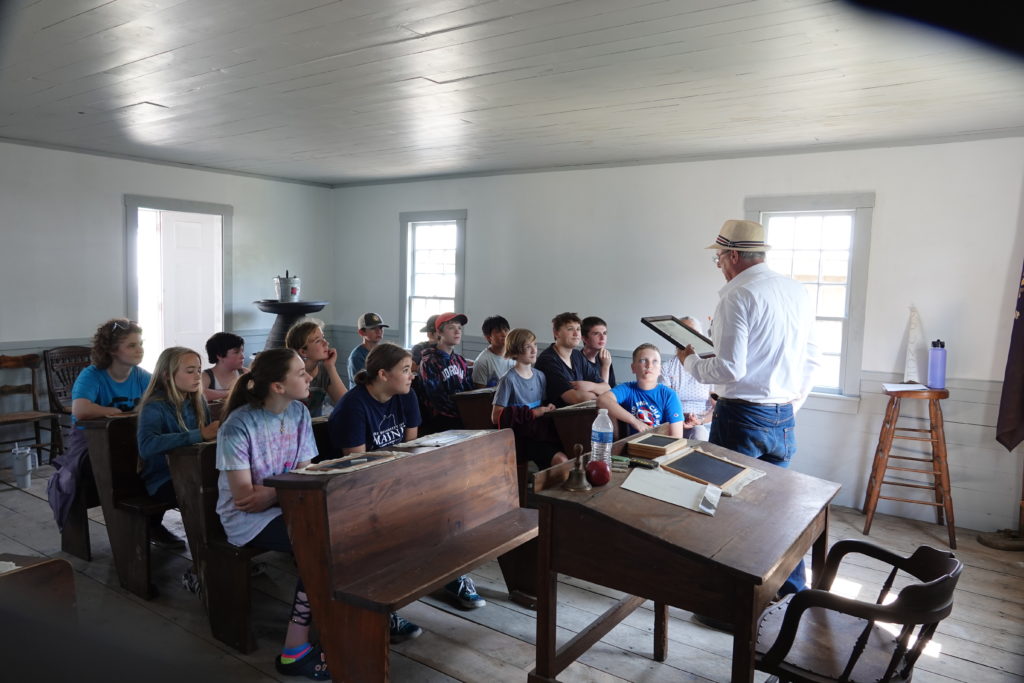
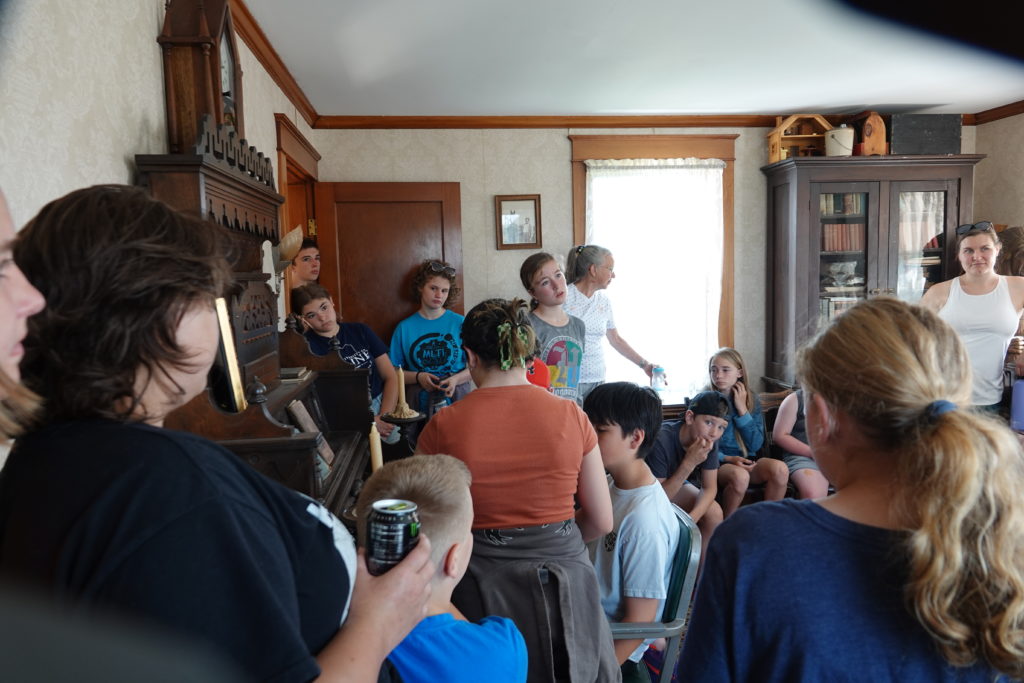

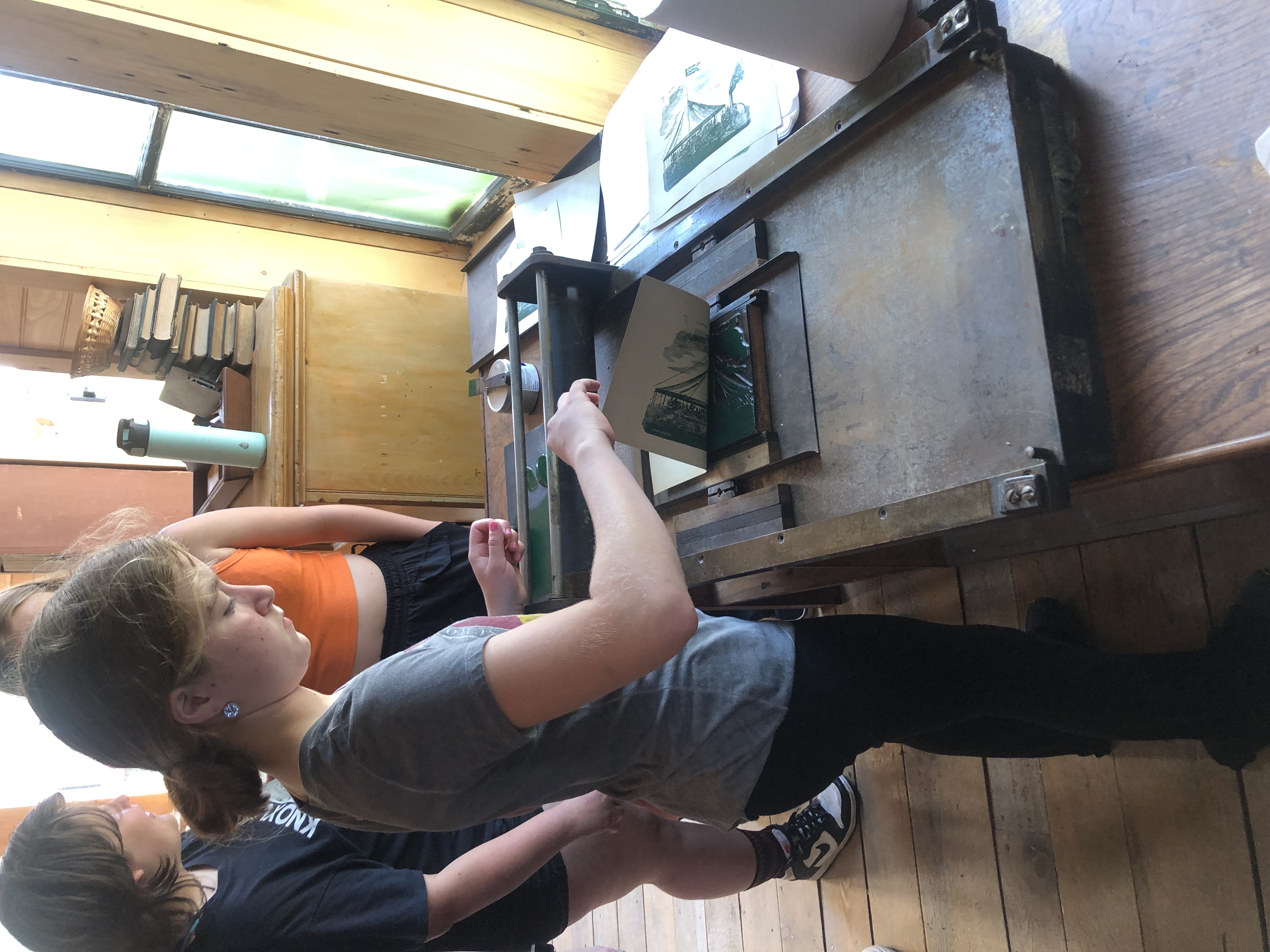

We hope to offer the following in 2024:
- Country Store: Learn about merchandising and merchandise from the late 19th Century. This experience includes a discussion and hands-on experience with 19th century advertising and mail order catalogue purchases directly linked to how we purchase things today. The store is filled with artifacts as well as new items to purchase. We offer souvenirs, candy, ice cream, and beverages. you can choose this as a learning station or we will schedule a visit to the store after your carousel ride.
- Telegraph Offices: Learn about this precursor to telephones with hands-on experiences with telegraph keys and sounders. Learn some Morse code which was a language of dots and dashes carried initially over wires and eventually over radio waves as in the case of the sinking Titanic and its’ S-O-S plea. Multiple sites to send and receive messages.
- Letterpress Office; our Whig & Courier Letterpress Office includes a letterpress printing collection with representations from Bangor’s Whig & Courier Letterpress Office (Benjamin Burr Letterpress Office), William Cram’s Letterpress Office in Haverhill, MA, the Catholic Worker, and the Ellsworth American ( including a press from the 1870s). You will learn about quill & nib pen writing, wood block printing, and letterpress printing operating our hand and foot powered 19th century and early 20th century presses. You will walk away with a printed bookmarker memorializing your visit that you make!
- North Castine Post Office
- Machine Shop
- Icehouse: Learn about one of the one-time leading industries of Maine—ice harvesting. Learn about the many tools and equipment involved in cutting ice from freshwater ponds and rivers and transporting it first to an ice house and then to a household’s ice box. A group might be responsible for getting a cake of ice and bringing it up to the farmhouse’s icebox.
- Curran Farmhouse: Learn about woodstove cooking and baking in the farmhouse once inhabited by the Curran family (1914-1990). Make butter, mix batter for corn muffins, read and follow a recipe, and measure and weigh. Make a call on our magneto hand-crank telephone, experience an ice box, and maybe make some pickles. In the parlor, learn about how rural folk in the 19th century spent their leisure time, if they had any., with experiences with stereoscopes, music and books. Learn about the evolving phenomenon of quack medicine in the 19th century and access to patent medicine in a bottle, electromagnetic shock, and homeopathic remedies (a Doctor’s office at the Museum will eventually house this theme in addition to other medical offerings).
- Carpenter Shop: In our post and beam shop held together with mortise and tenon joinery and wooden pegs, experience hand tools that you may or may not know: hand brace & bit, froe, drawknife, shaving horse, traveler, mortising chisel and others.
- Chicken Coop: Feed the chickens.
- Tom Flagg Smithy & Fields Pond Smithy
- Red Schoolhouse: Through role play conducted by our school marm costumed interpreter experience a day in a one room school house where there are many rules to follow.
- Grain & Cider Mill: You will experience first hand our collection of animal treadmill once used to power a variety of farm machinery, experience a portable grist mill churning our oat flour, crack corn for our chickens with a hand crank burr mill, make apple cider (seasonal), and learn about how gas power changed how work was done on the farm. Experience simple machines in various forms with hands=on activity with a pulley, chain fall, block and tackle, screw, and lever.
- 1894 Armitage-Herschell Horse Carousel: A ride is scheduled for everyone. Learn the story of this carousel, its iconography, its mail order origin, and its connection with the height of 19th century technology.

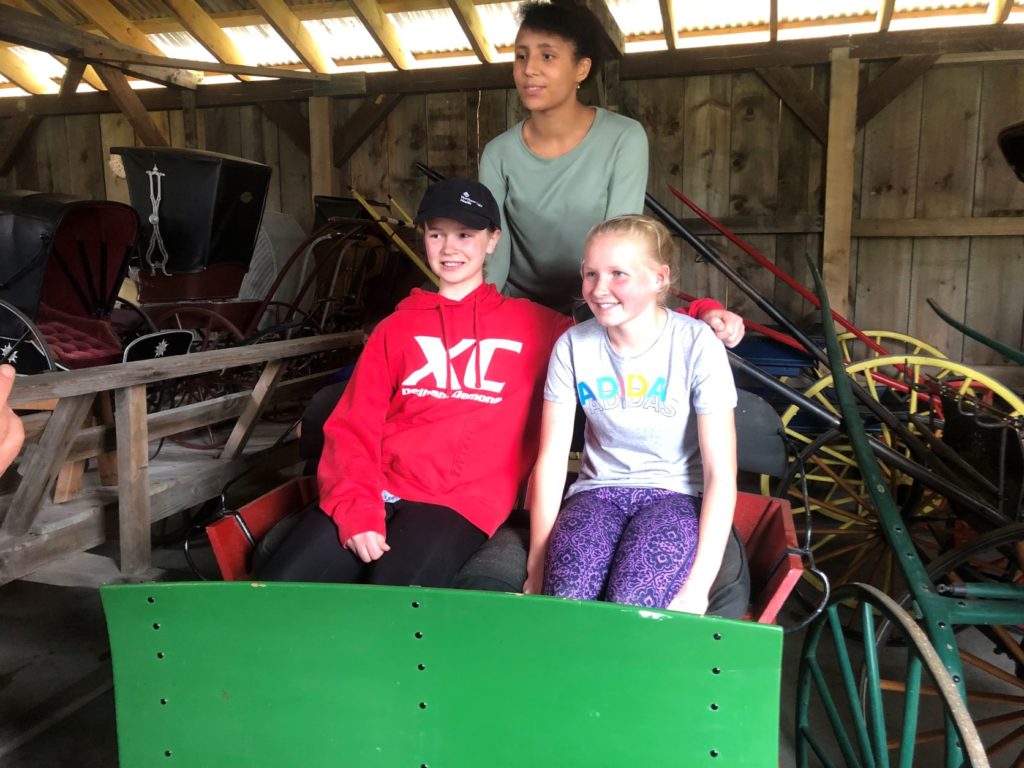
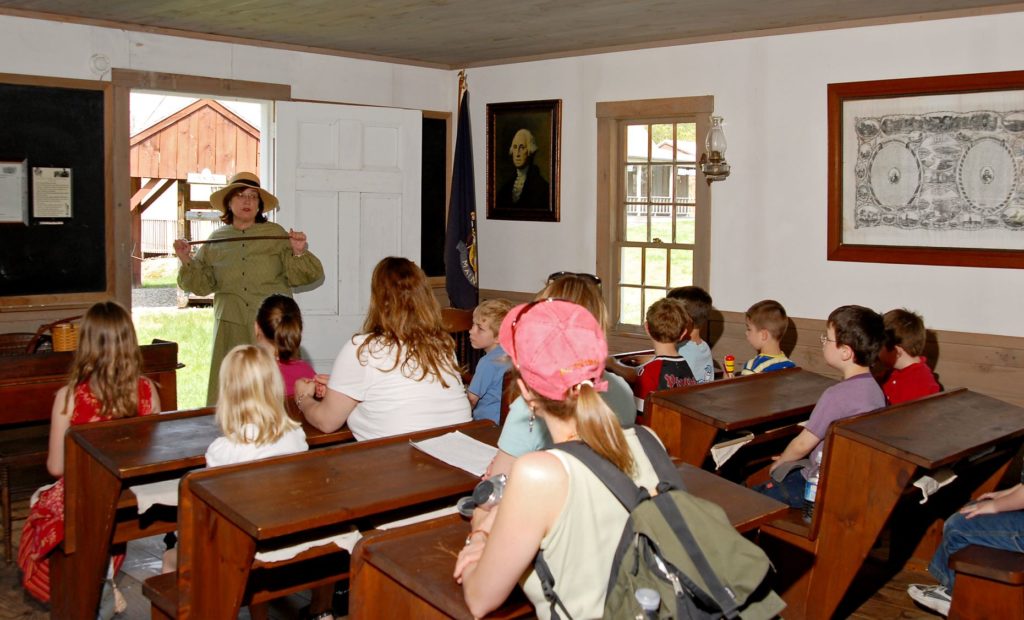

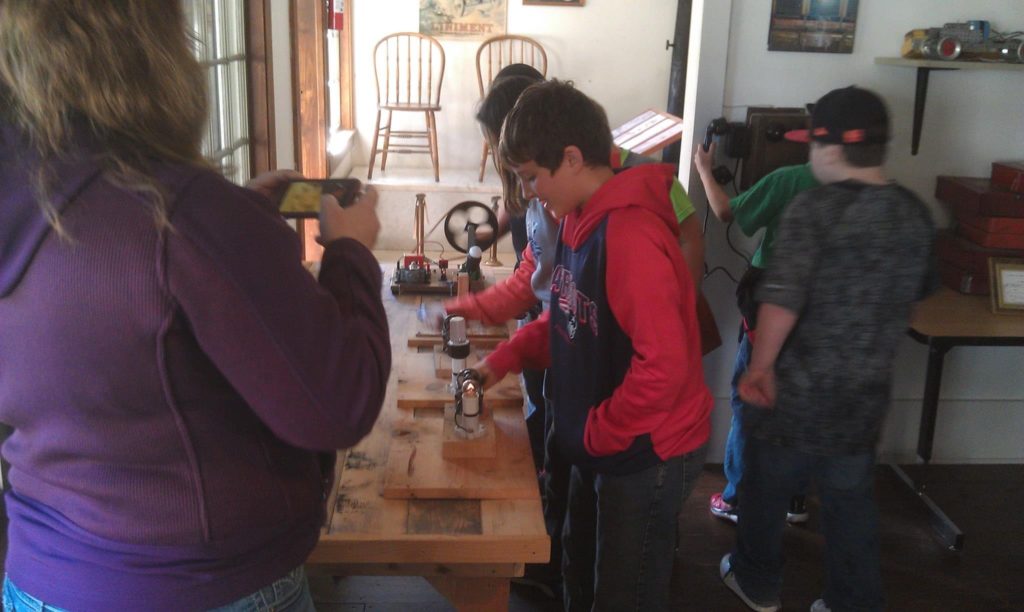

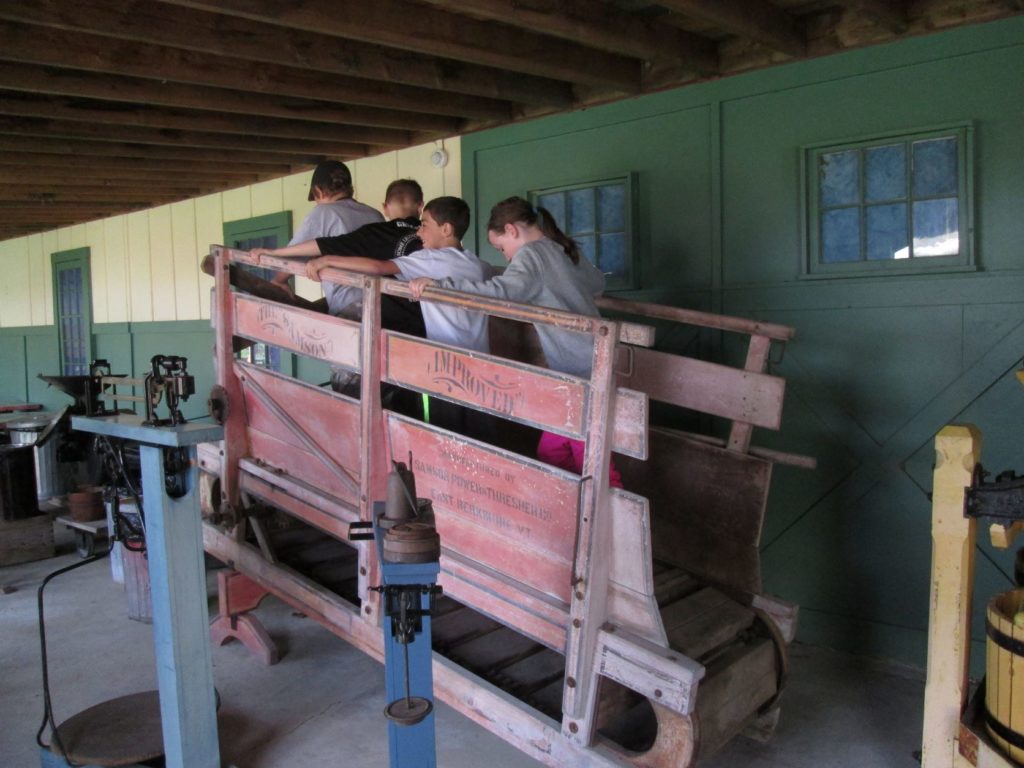
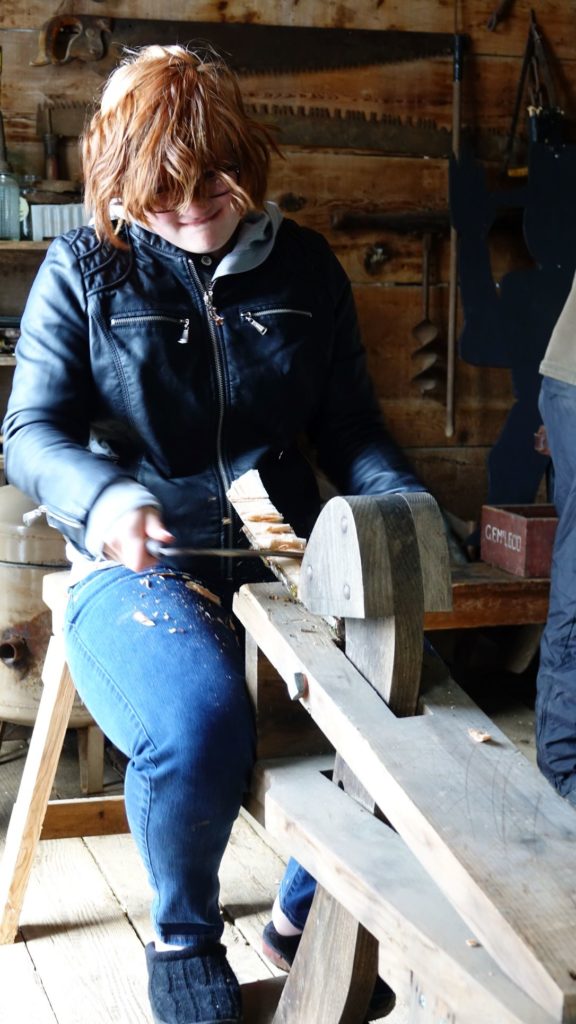
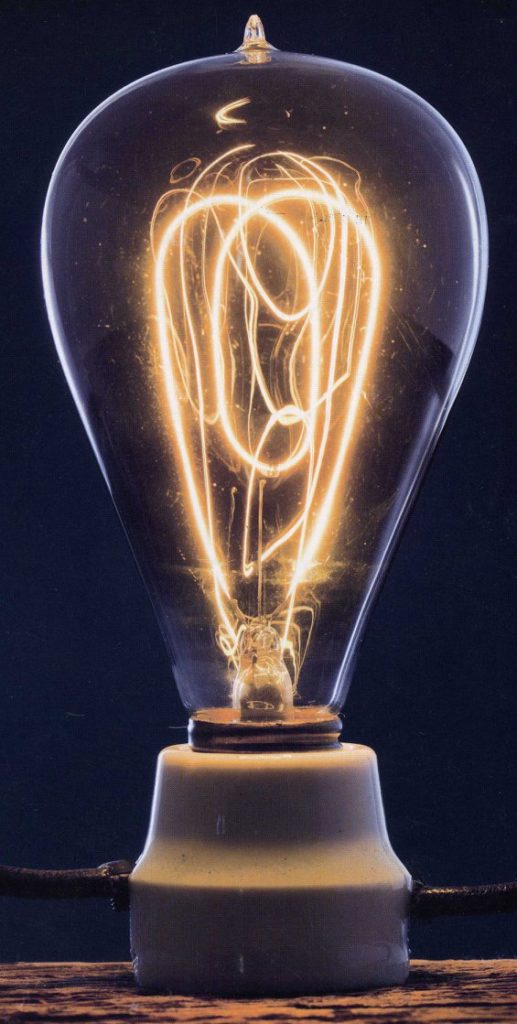
Ice House
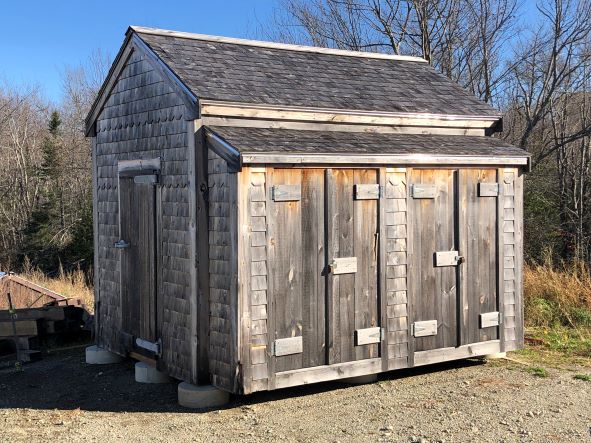
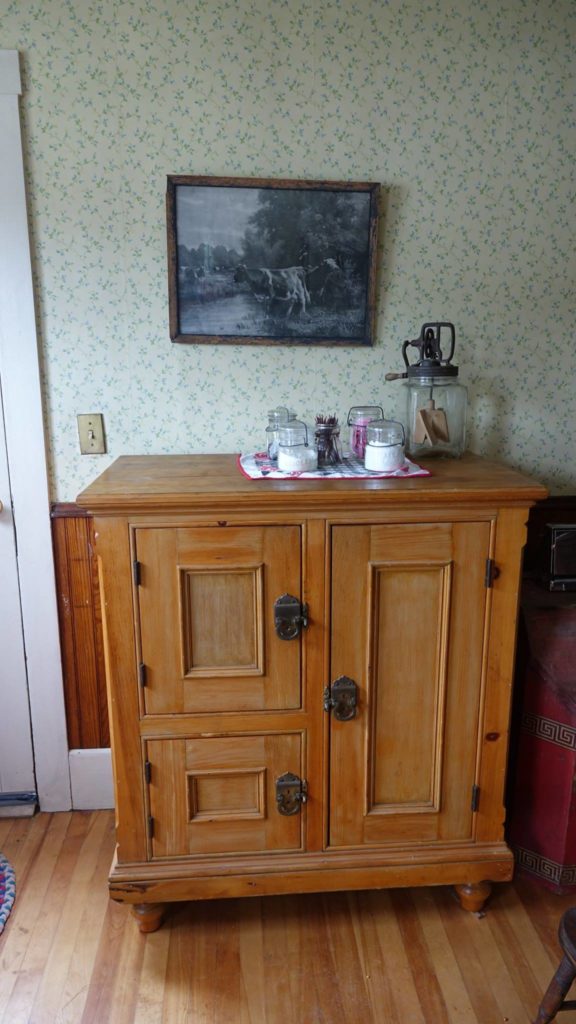

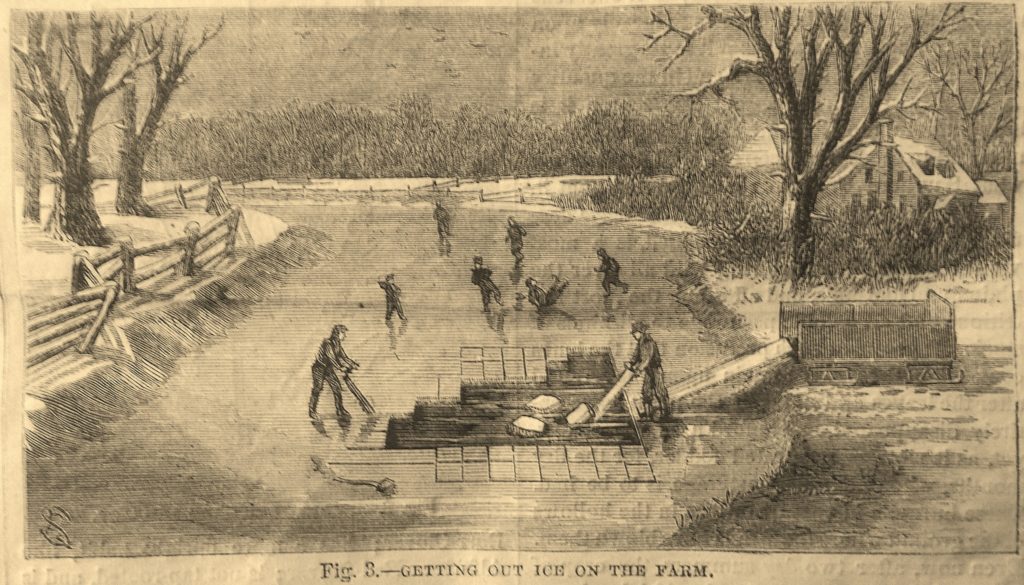
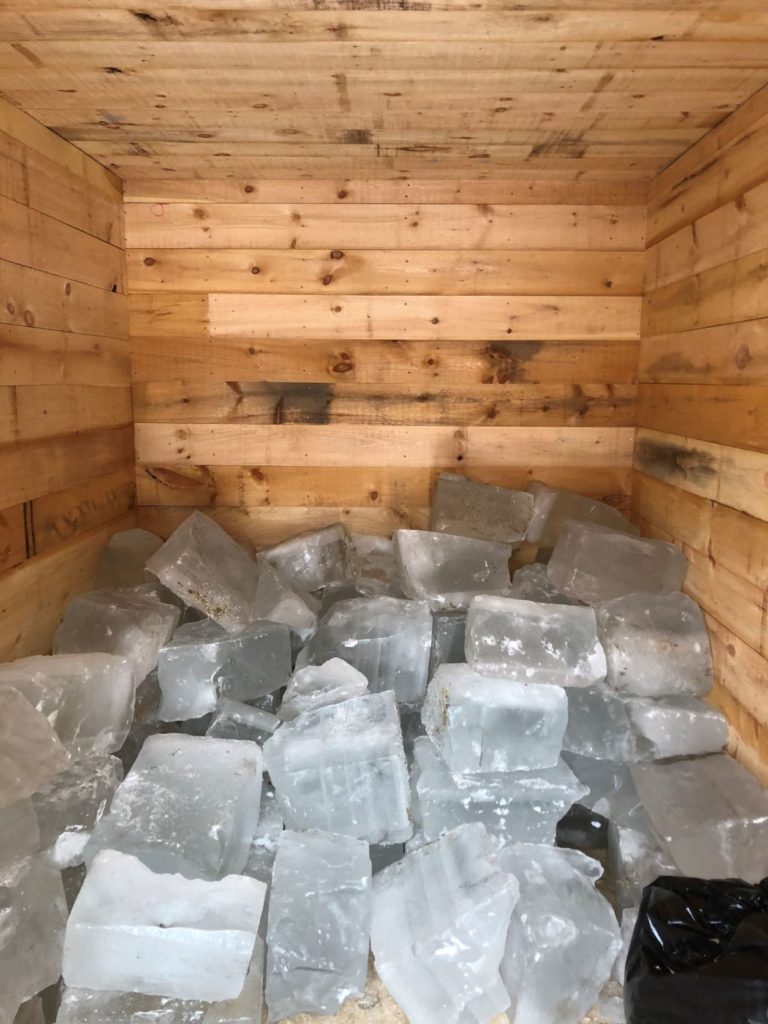
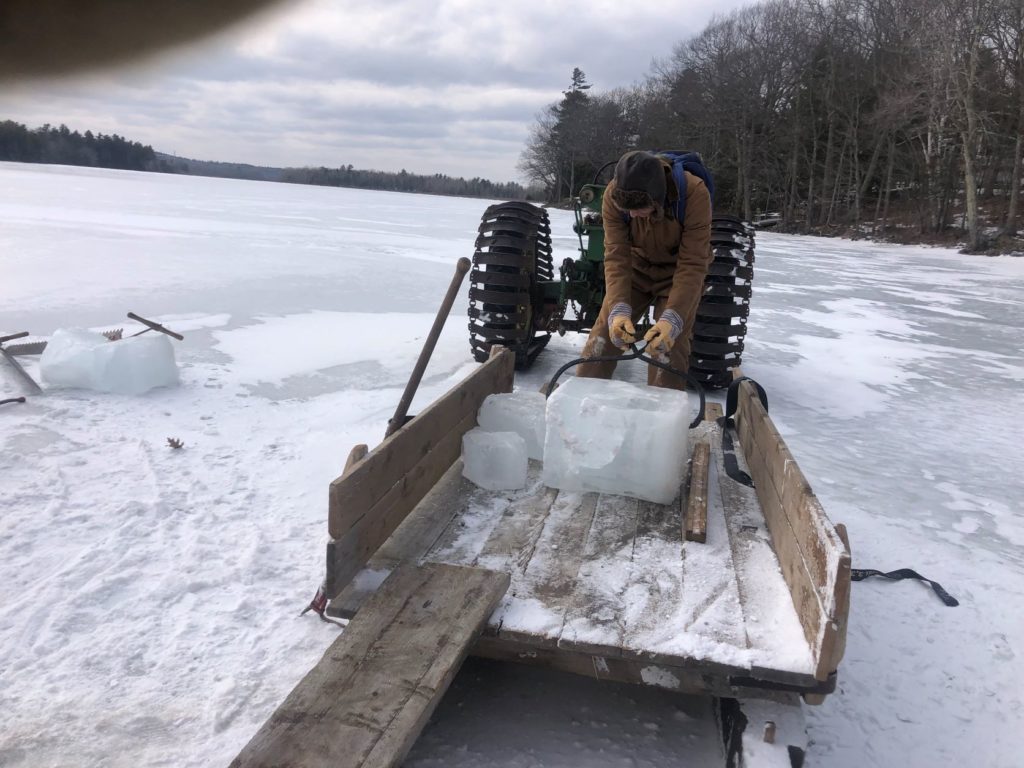
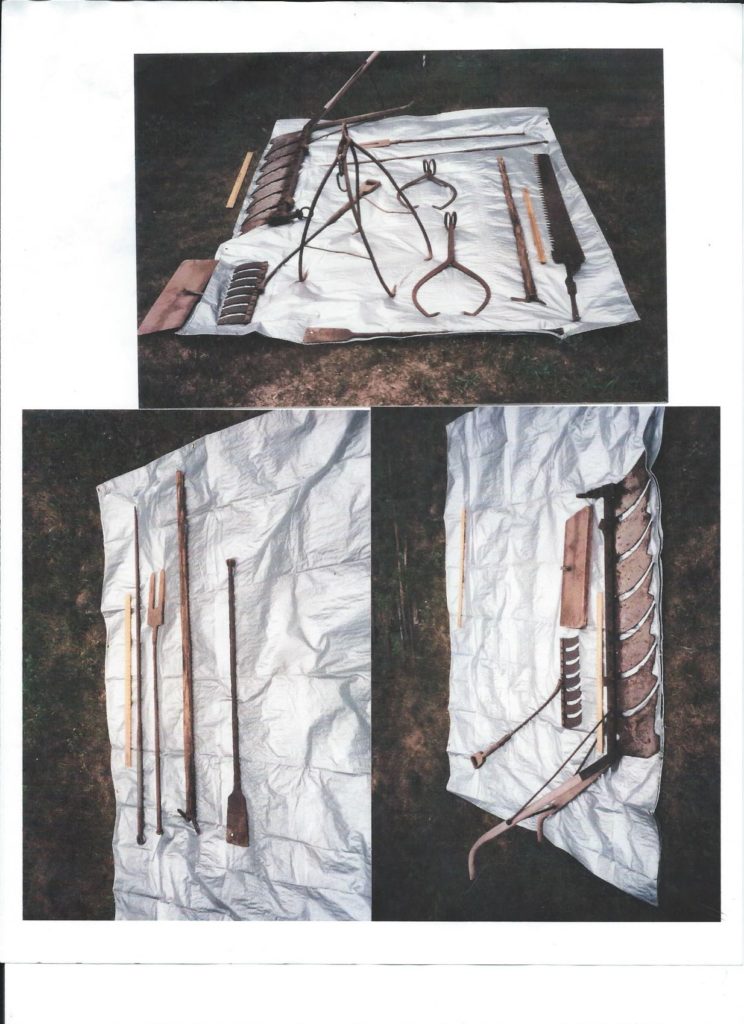

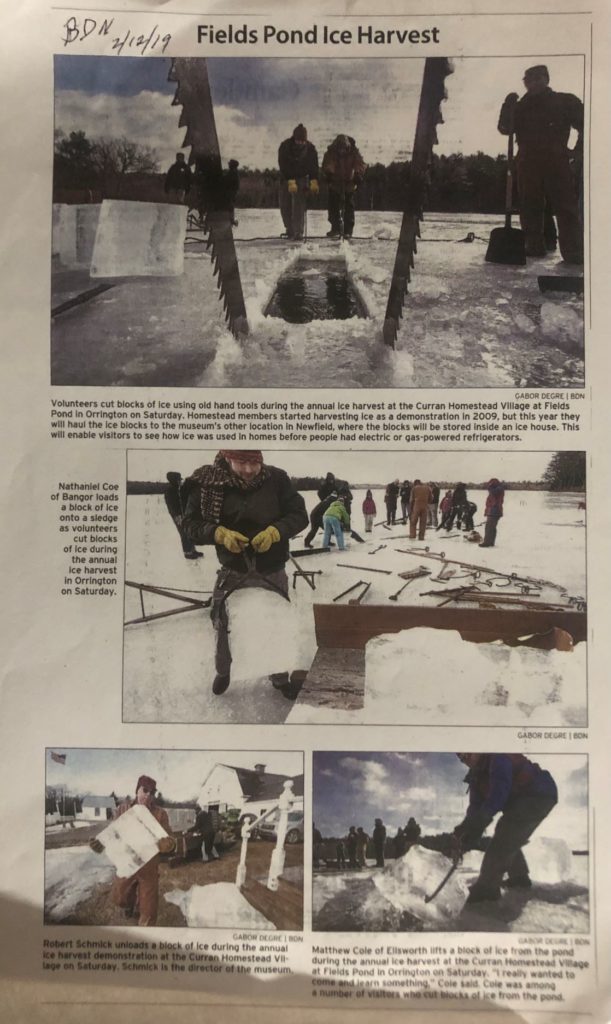
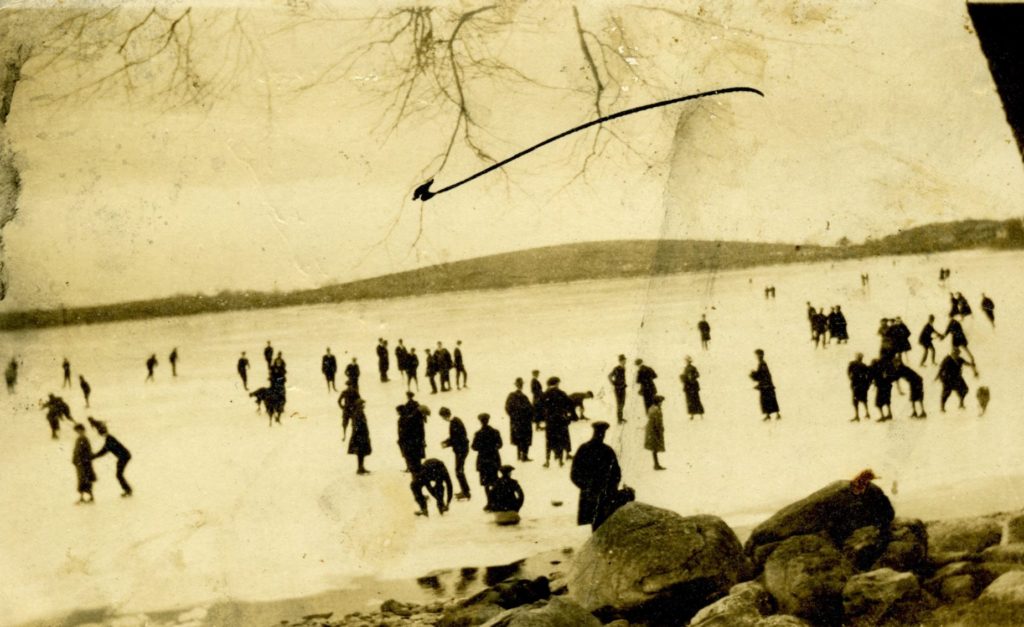
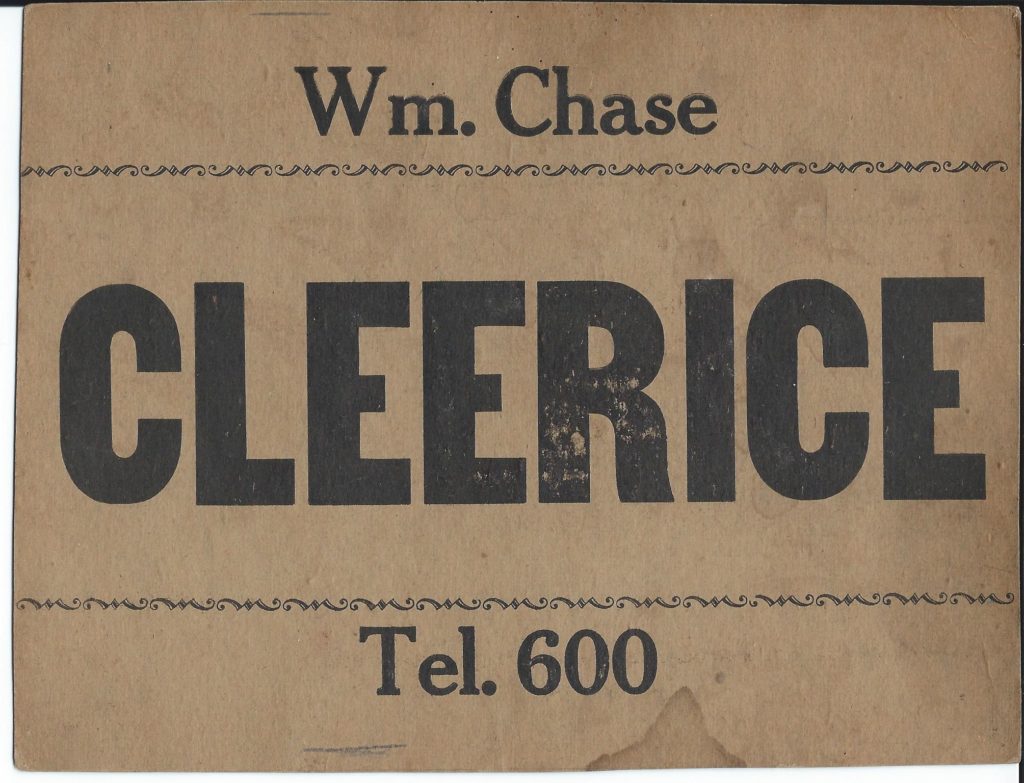
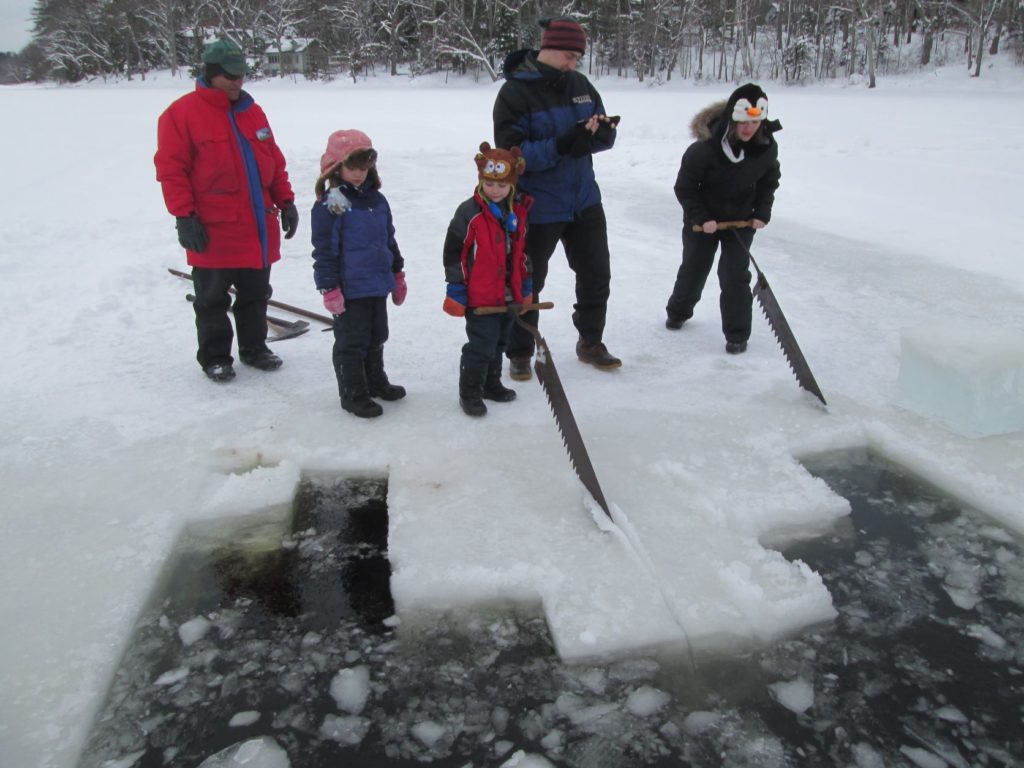
We are offering School Field Trip Programming, May & June 2023 (October & November too)
- Make inquiries now about what our offerings are and discuss tailoring our program to the needs of you and your students. We welcome public, private and homeschooled groups specifically during weekdays in the spring (May and June dates) as well as the fall (October and November dates). We create a schedule for your specific visit with experiences at our hands-on learning stations. Programs are usually three hours with time allotted for a lunch break. All programs include a ride on our 1894 horse carousel.
- We charge admission for students; teachers and support personnel are free.
- $10 per visitor for field trip visitation, 1 adult for every 15 students.
- Adults other than the required chaperones are $10.
- For reservations contact: Robert Schmick, museum director at (207) 205-4849 or Email: rpschmick1@aol.com or thecurranhomestead@gmail.com
- When you arrive at 19th Century Curran Village, you are to take your lunch with you from the bus as you will be leaving the lunch in proximity to the first learning station that you visit identified on your schedule. You will have a designated lunch time in your schedule that has been sent to you via email prior to your visit and after formal registration and payment ( insuring your calendar date and time ). We do not cancel your visit due to rain.
- There are a variety of sites for your lunch, including groups of picnic tables on the lawn and under roofs around the campus. We have inside dining if it is raining.
- When you make a reservation for your class or school to come to the museum you will receive a schedule and a map of the site. Each of the learning stations you chose during registration and that are documented on a schedule we send to prior to your visit are between 15 and 20 minutes in duration. You will have 5 minutes of travel time in between each of these stations.
- We are still building the museum as well as many of these resources which were largely a hands-on learning program developed in recent years at another museum village we ran in Newfield (York County, Maine).
1.THE RED SCHOOLHOUSE
Under the tutelage of our costumed, role playing interpreter TEACHER, visitors learn about a one room schoolhouse of the late 19th century by participating in the role playing. This a replica of the 1839 Fenderson schoolhouse that once stood in Parsonsfield, Maine. Created in 1969 at the former Willowbrook Museum, three generations of school visitors have been transported back in time to learn how a multi-grade, one room schoolhouse functioned in this building. Pull the rope to ring the bell in the belfry (the 1882 original to the Parsonsfield school); there are other original artifacts as well including books, teaching aides, an ink well and pencil sharpener collection, and framed pictures of one room schoolhouse student groups going back in time, including a gallery of Maine one-room schoolhouse student group photos. You’re welcome to donate other 19th and early 20th century school group photos (or scans) from schools in the area, in Maine, and in New England that we can exhibit.
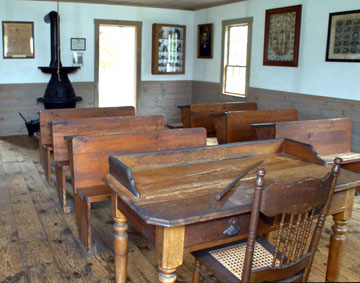
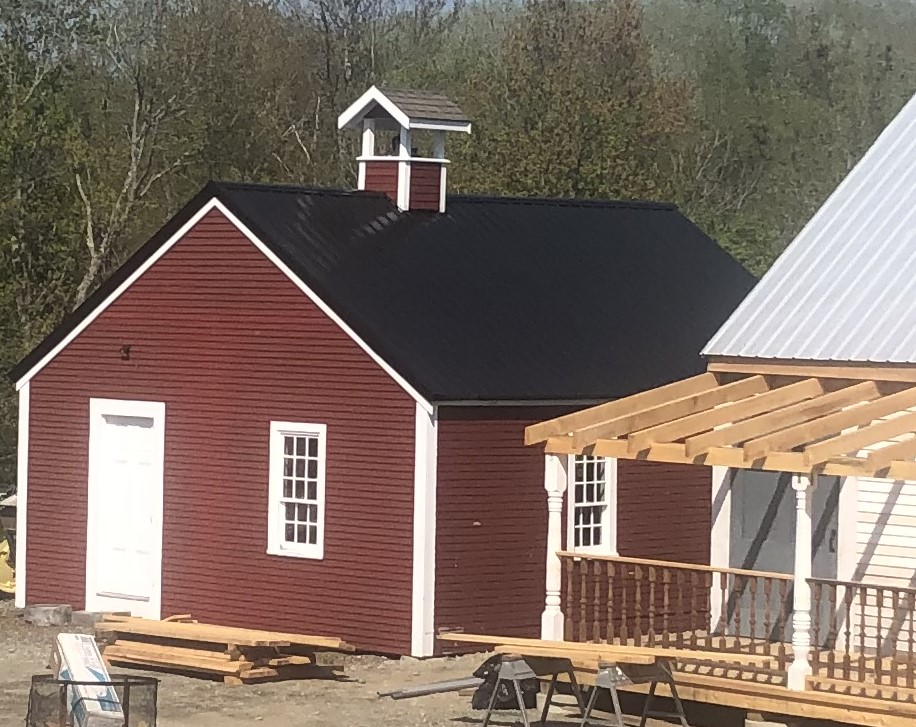
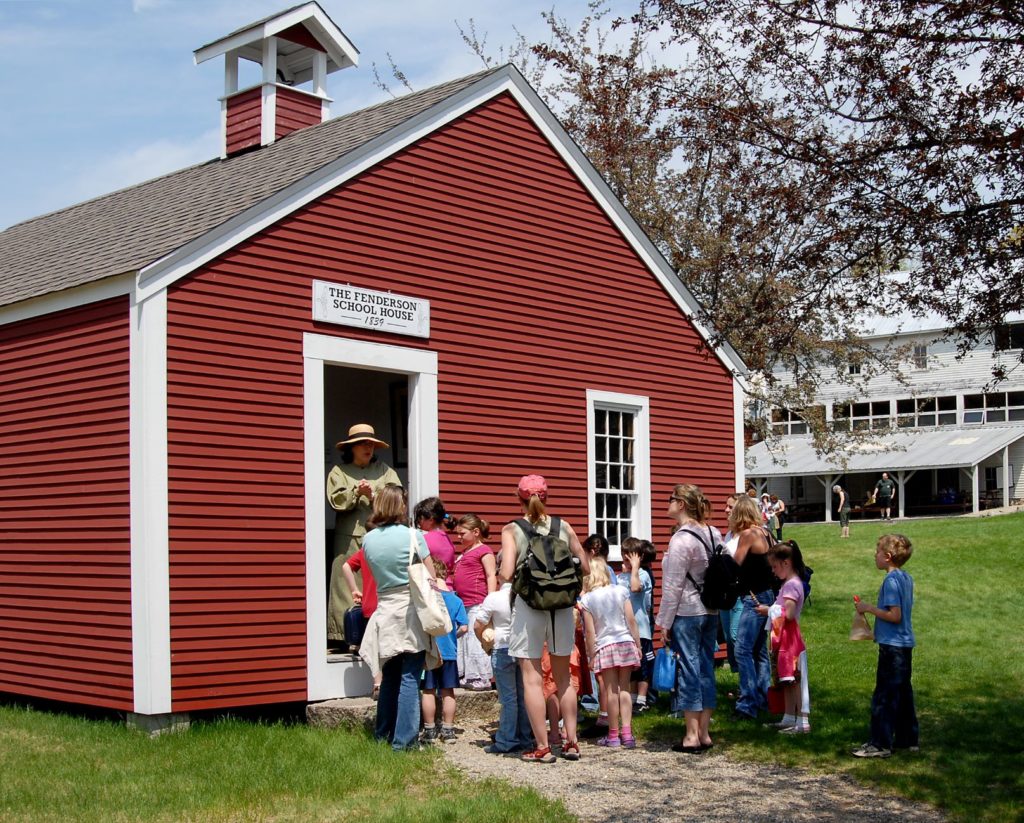
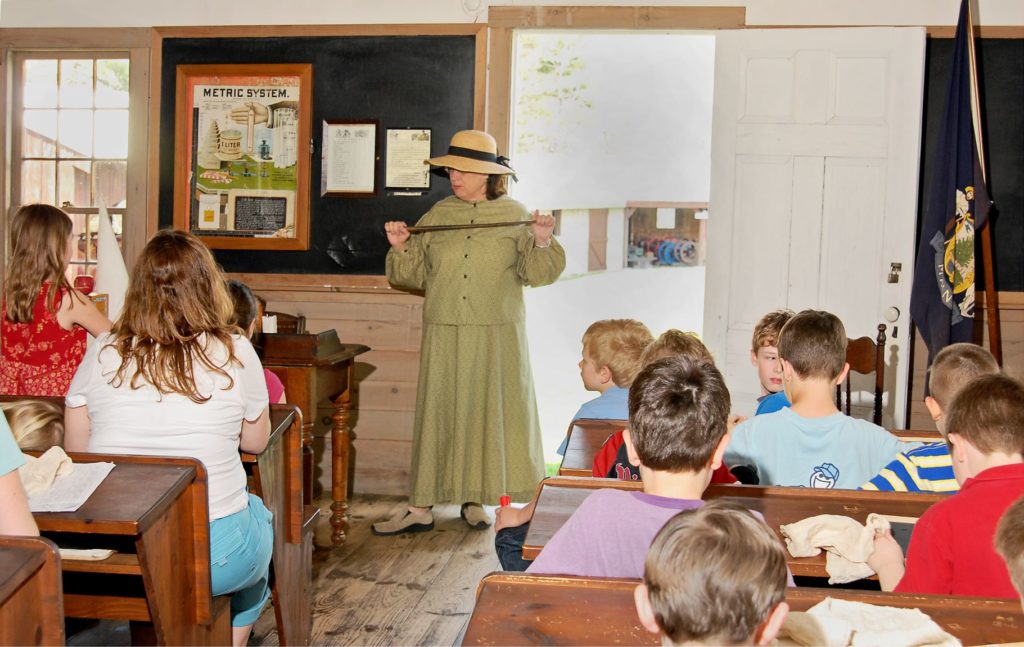

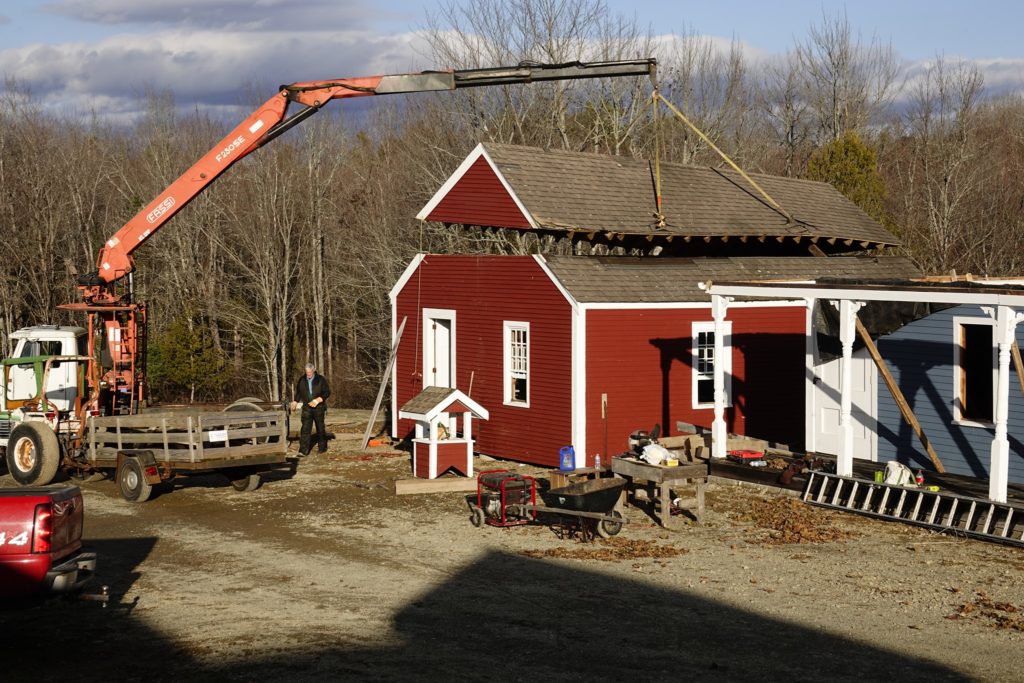
2. GRAIN & CIDER MILL
Learn about hand, foot, paw, and hoof power. Learn about how particular foods were produced before engine power. Learn specifically how animal and human power were responsible for making flour for bread and animal feed from grains. During our fall school field trip season, we make cider with school visitors. The working collection of machines and equipment were produced during America’s Industrial Age which allowed greater productivity and less time required to accomplish it. Many of these artifacts were originally purchased by mail order, the precursor to buying online.
Visitors will shell and crack corn, grind animal bone (for chicken feed), and see flour made. Experience a dog tweadmill often used to power a butter churn and horse treadmills used to grind apples and thresh grain. The centerpiece of this site is the giant twin screw cider press (the screws were cast in Waterville, ME in the 1870s).
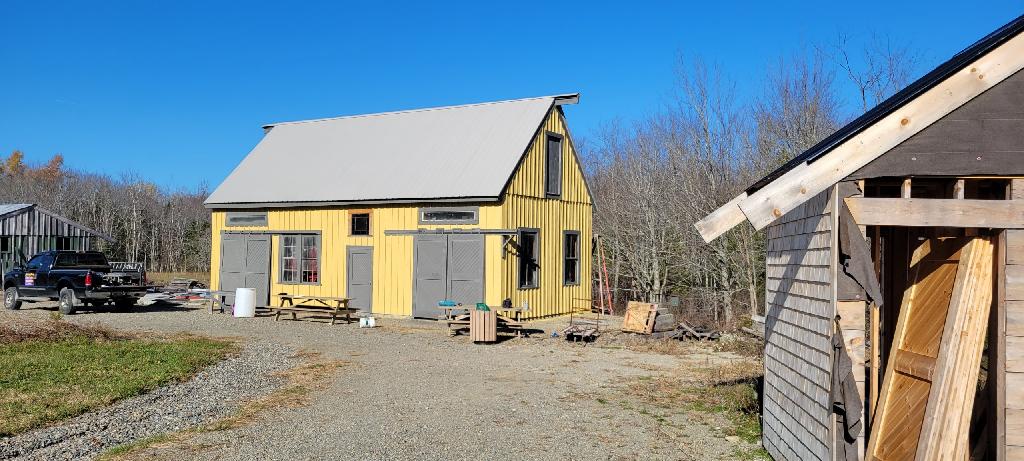
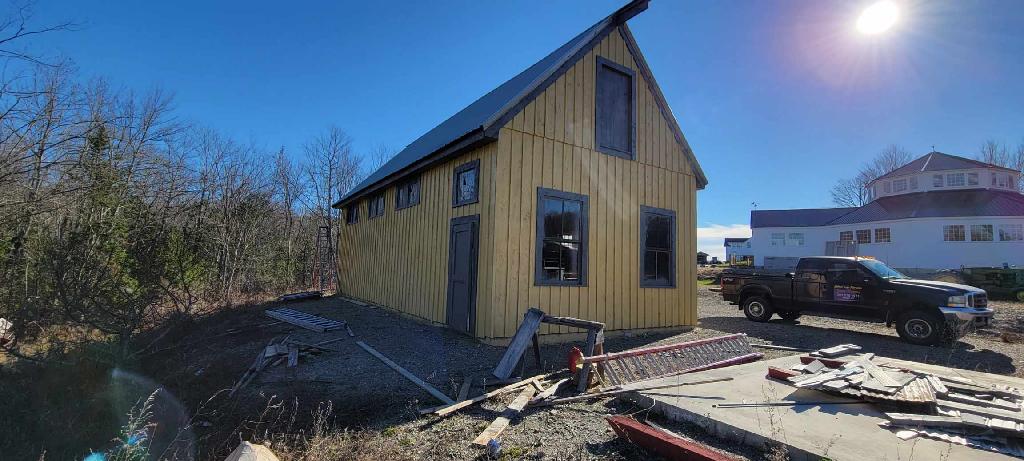
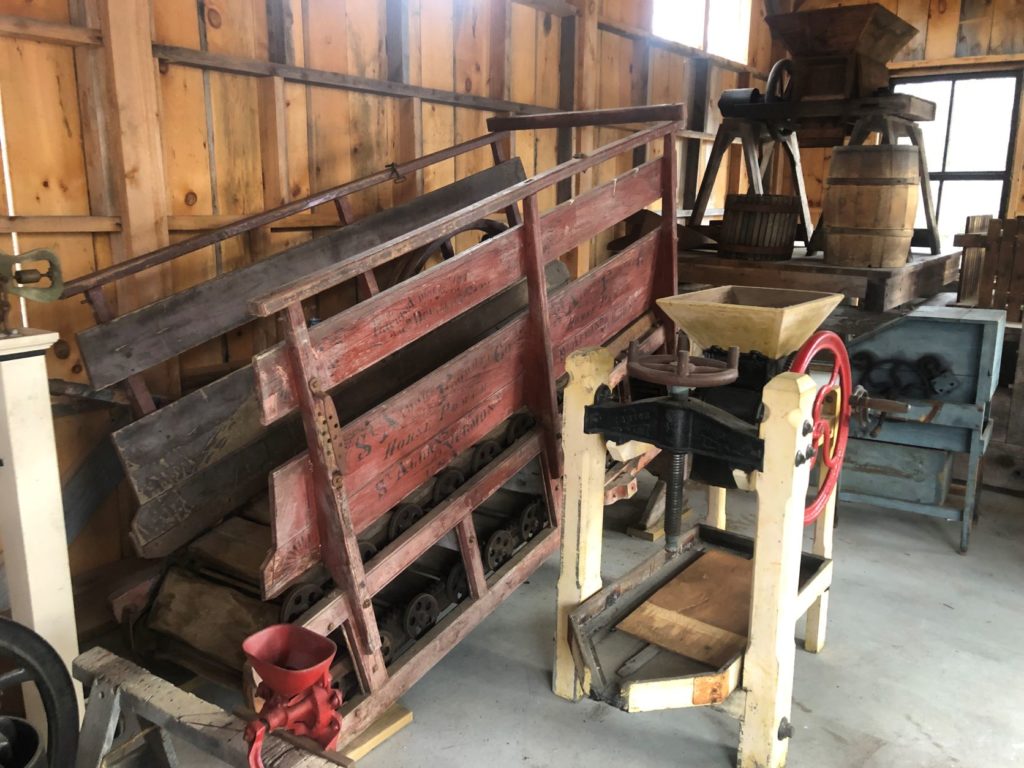
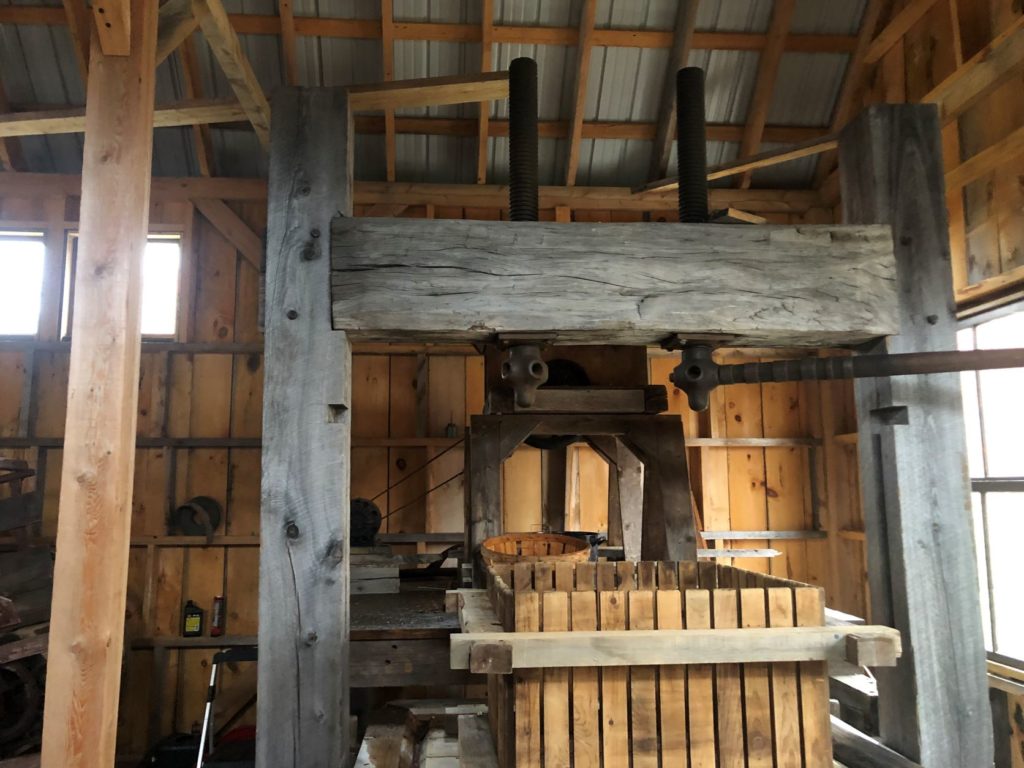
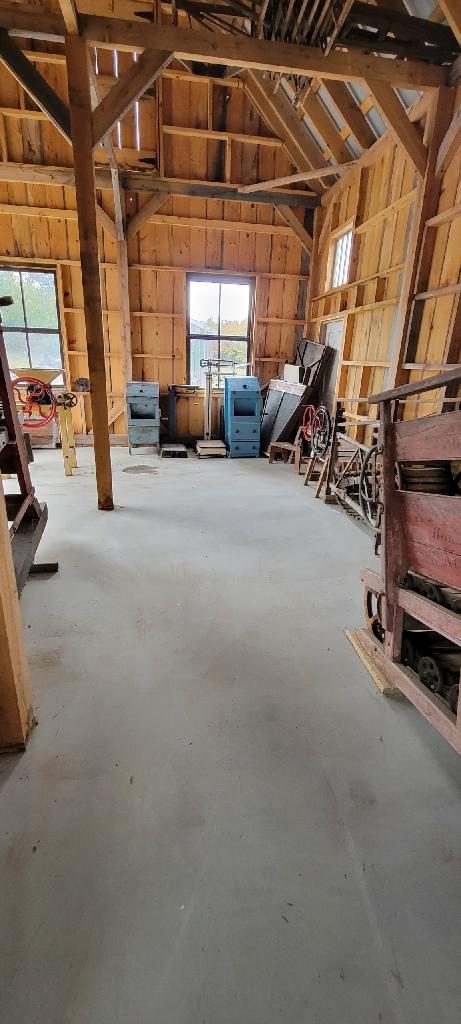
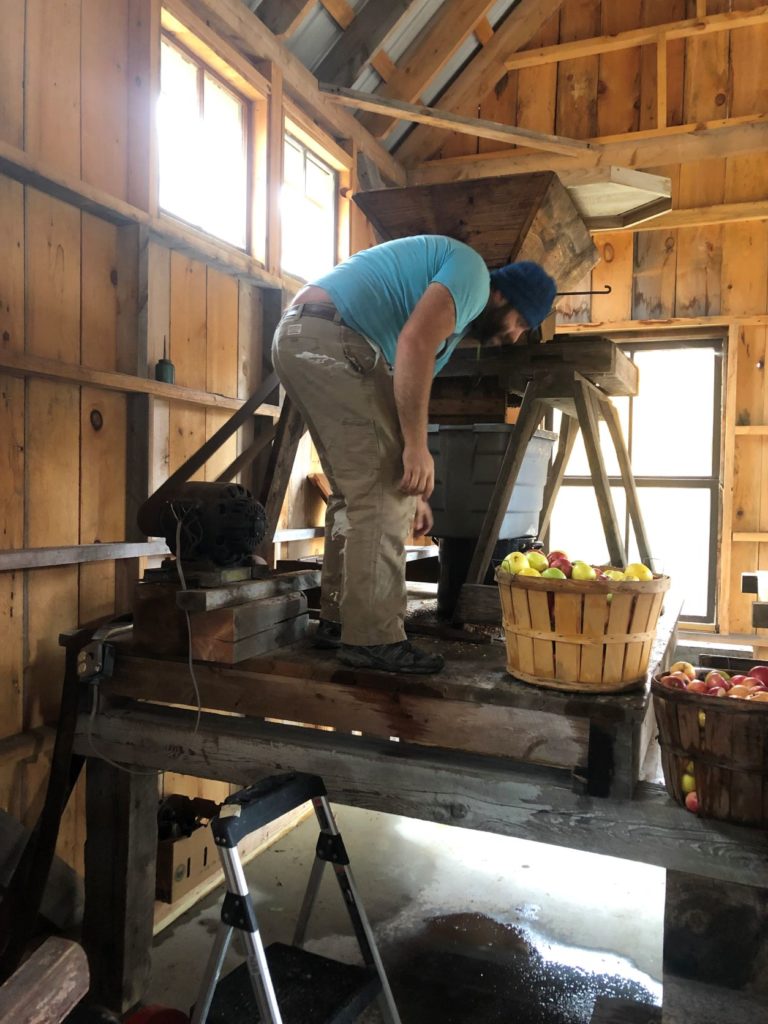
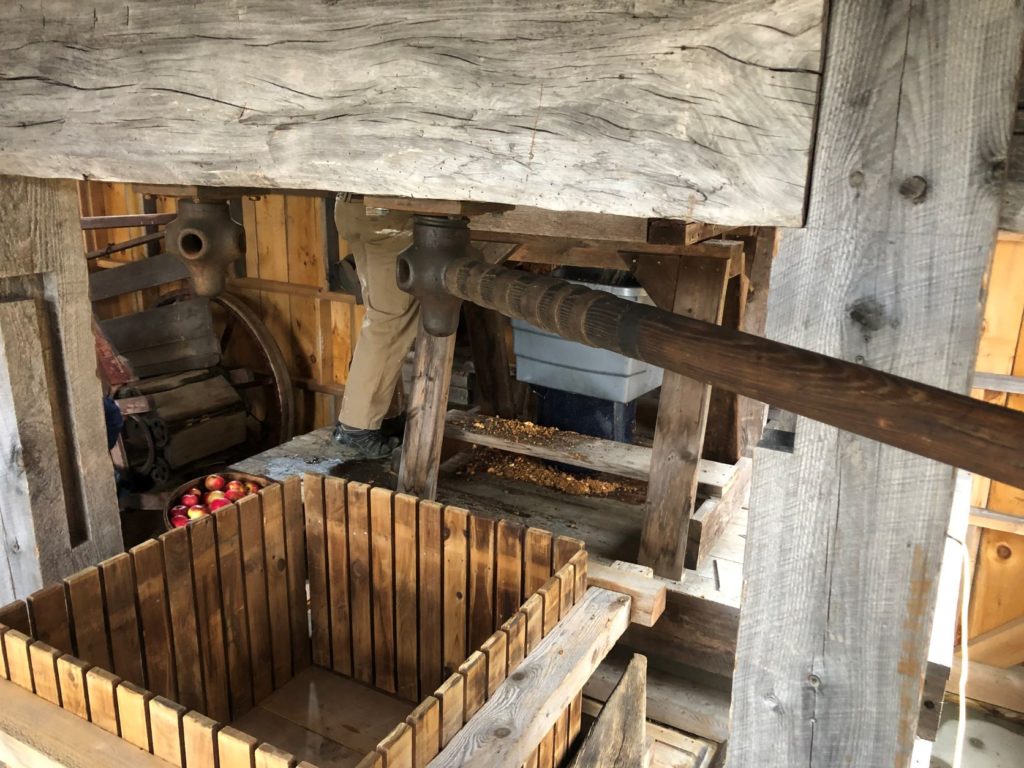
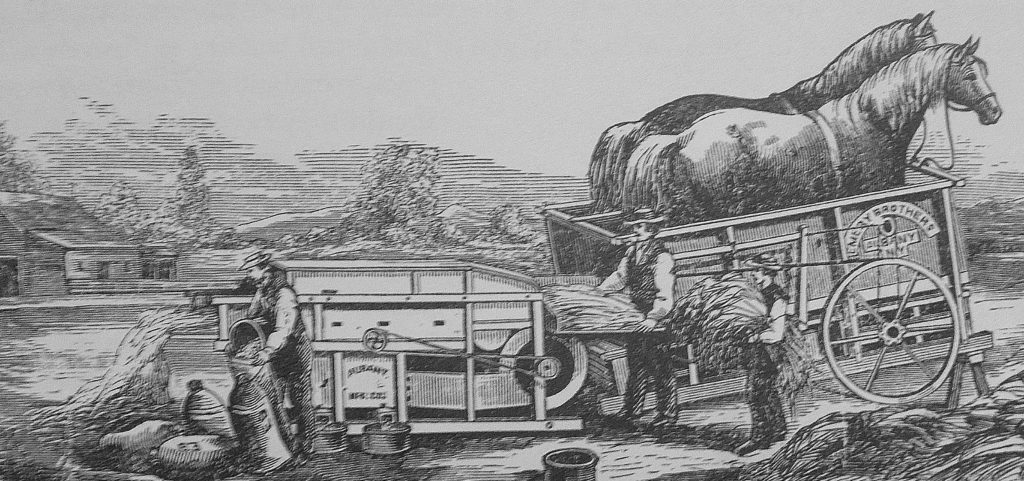
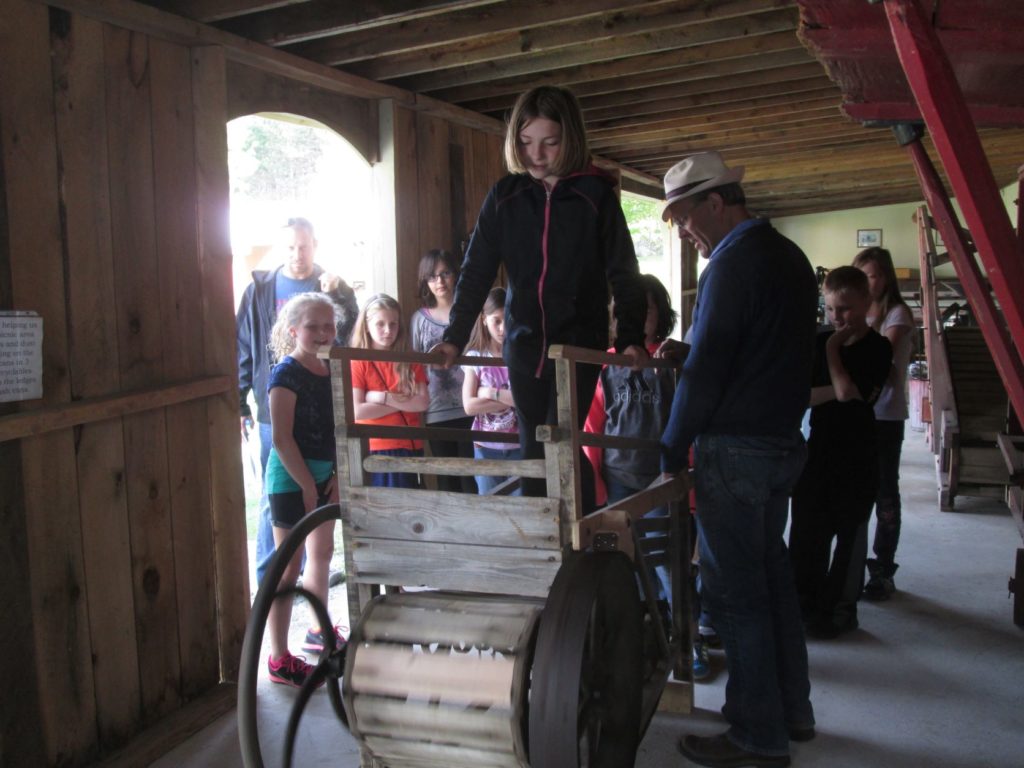

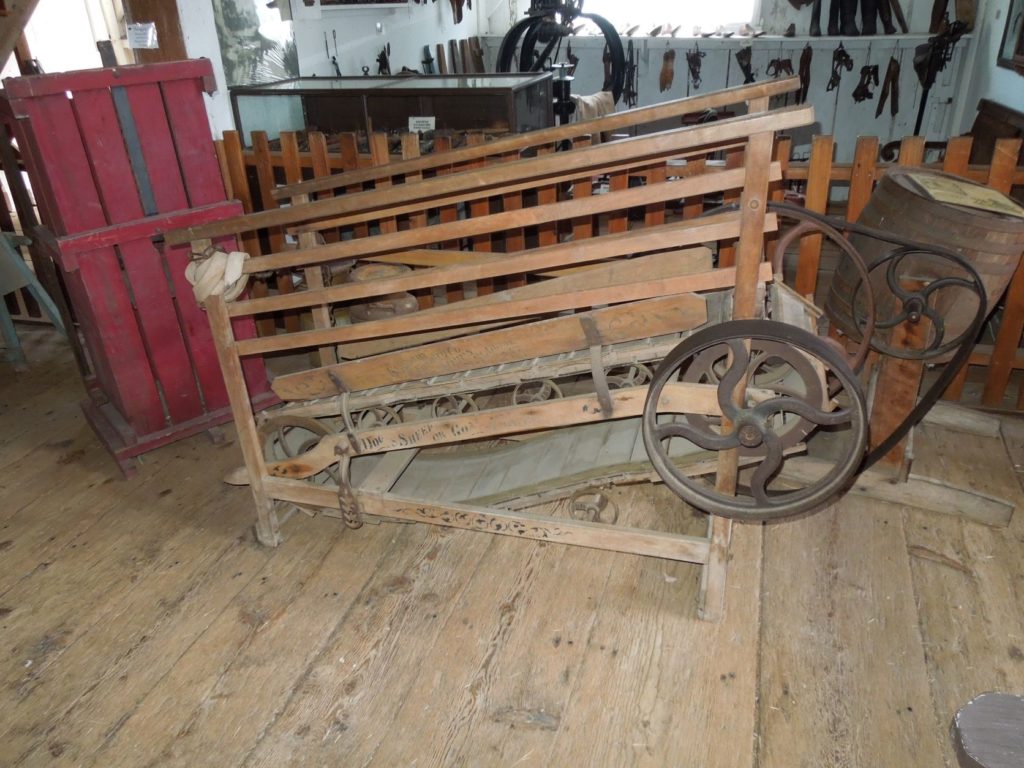
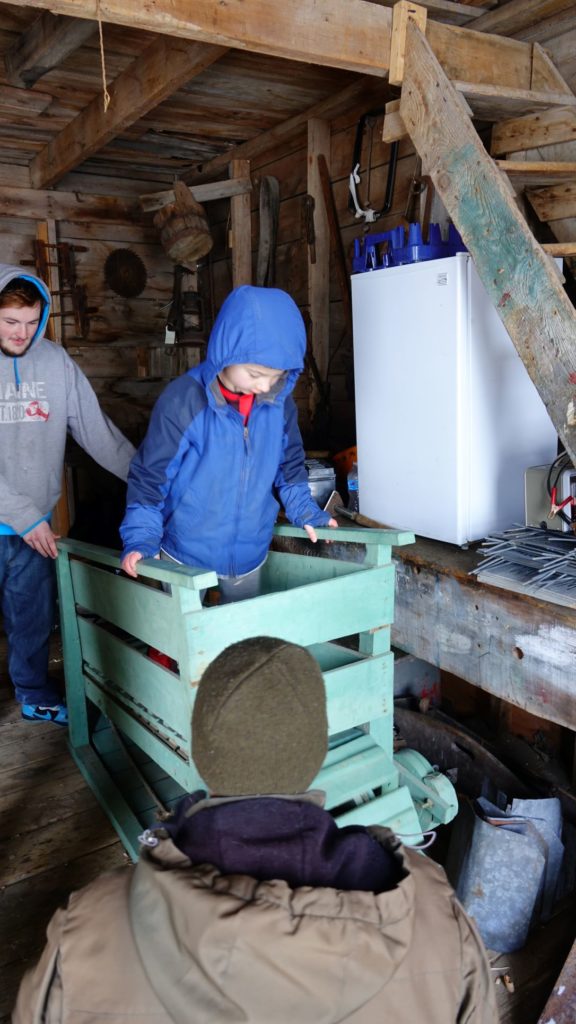
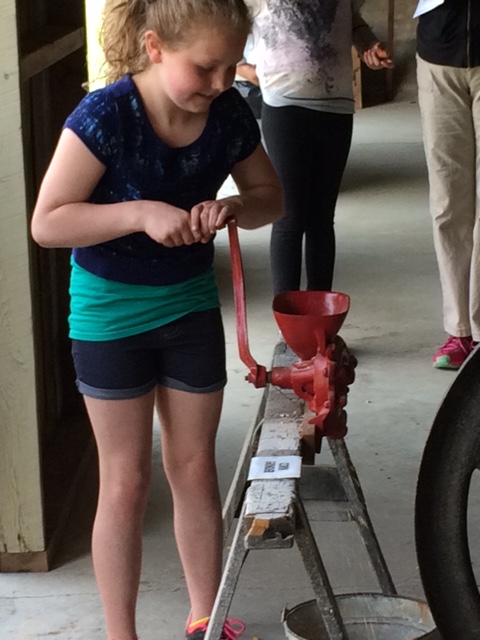


3. FIELDS POND SMITHY & TOM FLAGG SMITHY
Our blacksmith shops are popular destinations. The Flagg Smithy originates from Lincolnville Beach, ME and was built by seventeen-year-old Tom Flagg in the 1930s. The hand tools in this smithy include many that were Tom’s grandfather Isaac’s as well as tools that Tom made himself. As a sawyer and farmer Flaff trained oxen and maintained a workhorse; his favorite horse was “General” and an image of him is seen on the smithy’s sign and in photos found within the smithy.
The blacksmith was one of the most important tradesmen in rural villages, as he fixed wagons, carriages, sleds, sleighjs, and machines. He repaired tools as well as shoed horses and oxen. The smith shares his work with visitors as well as a lesson about metals. fuel, and tools he uses. Visitors will be invited to operate the bellows, and maybe hammer and cut hot metal!
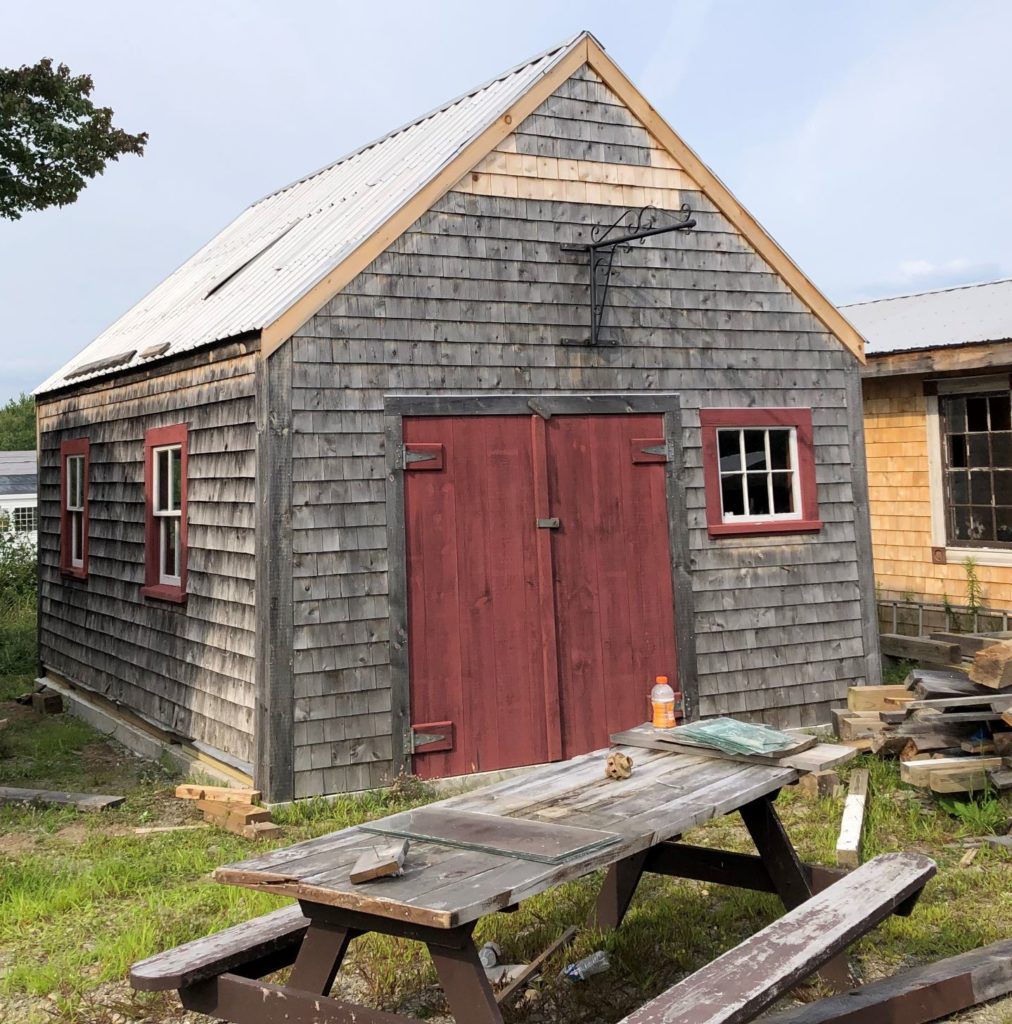
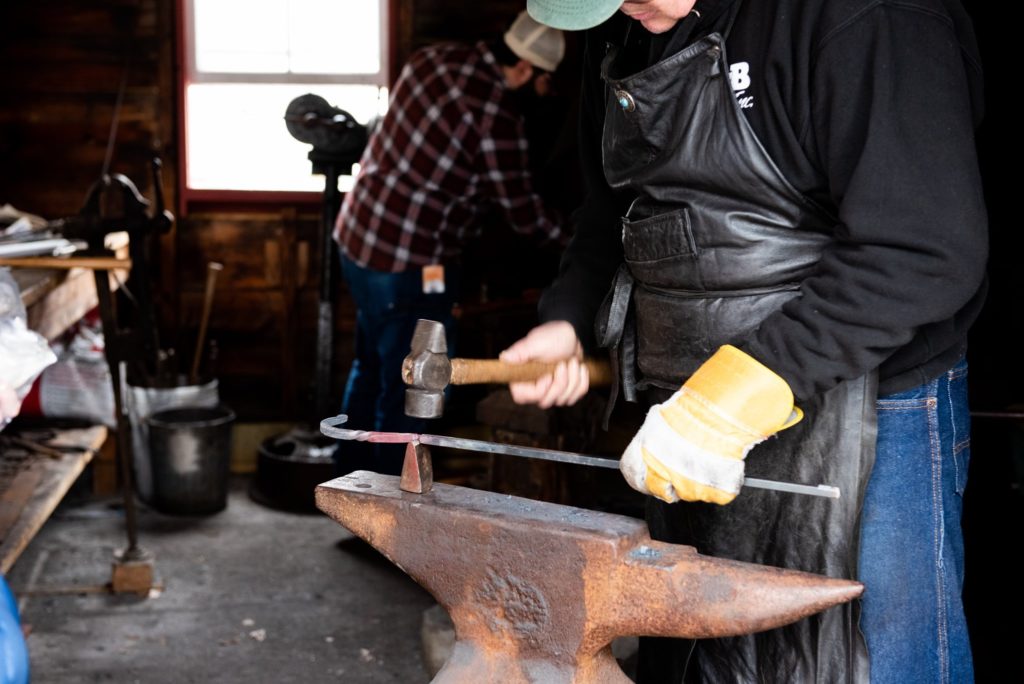
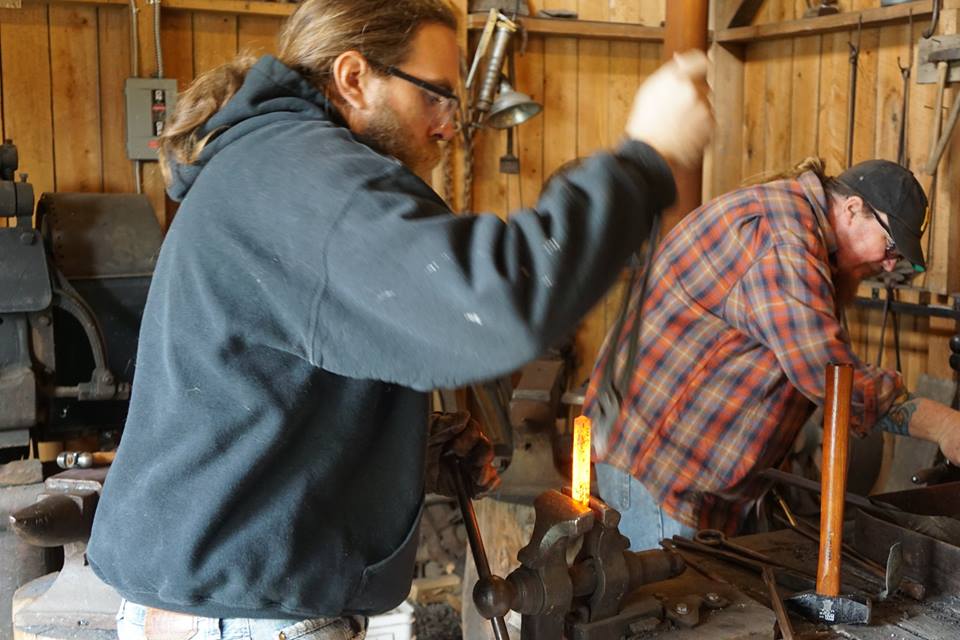
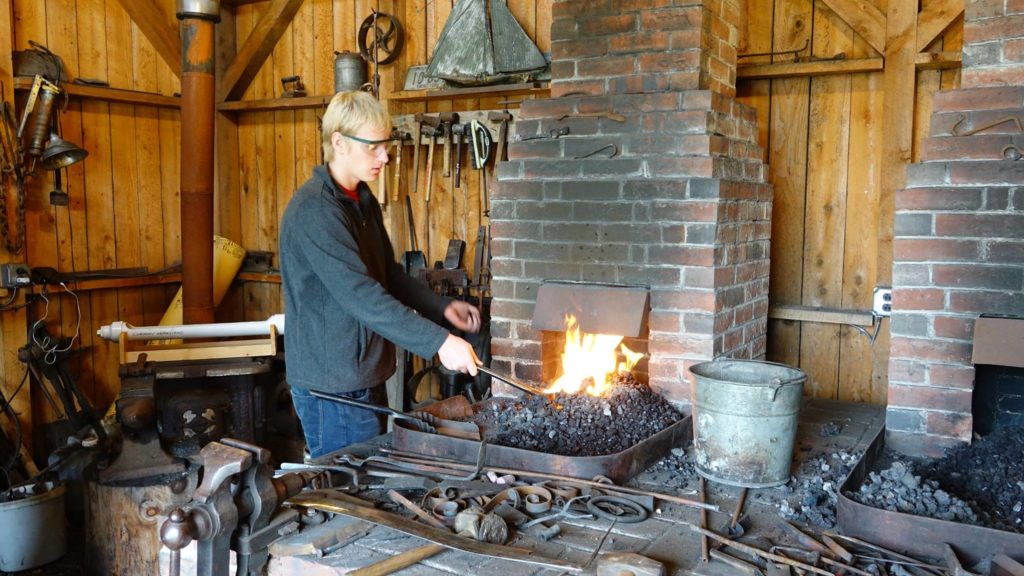
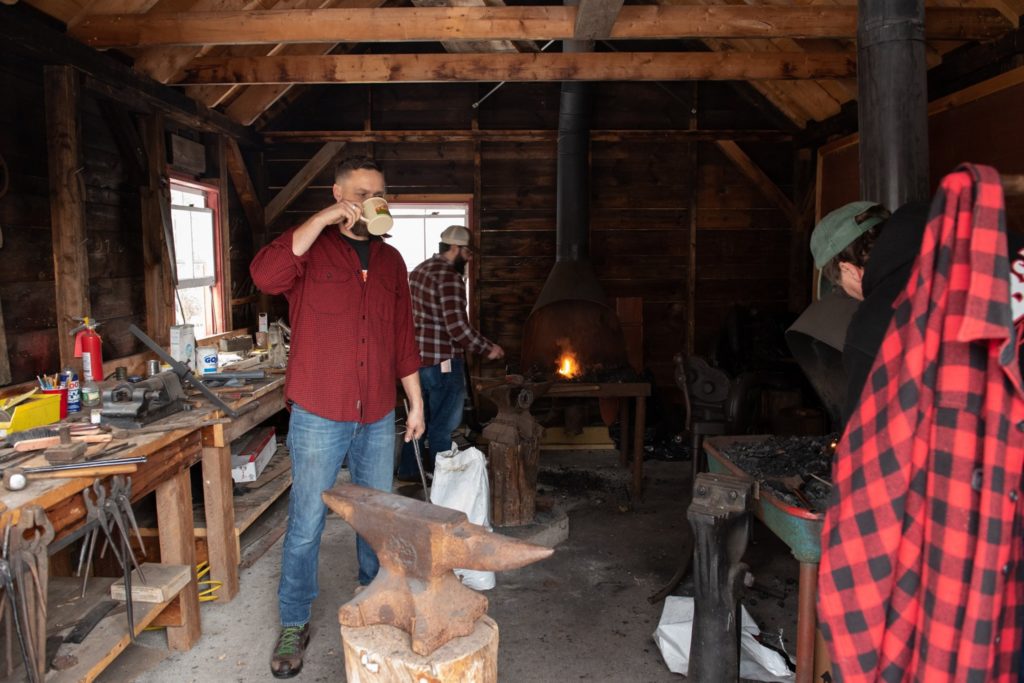
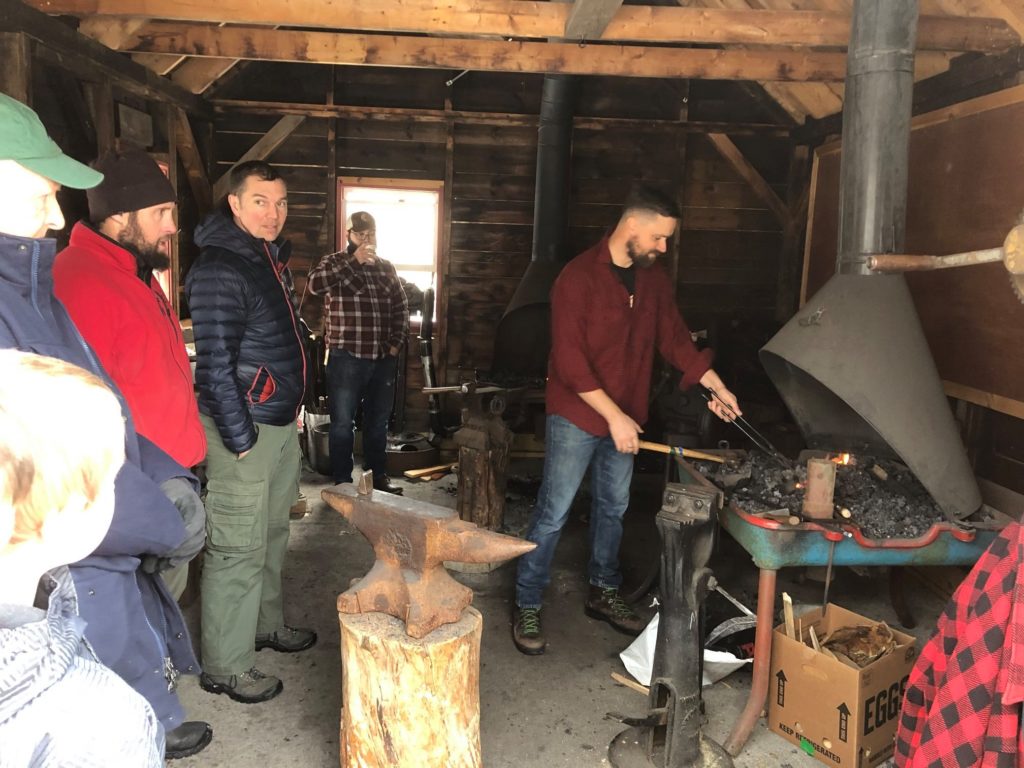
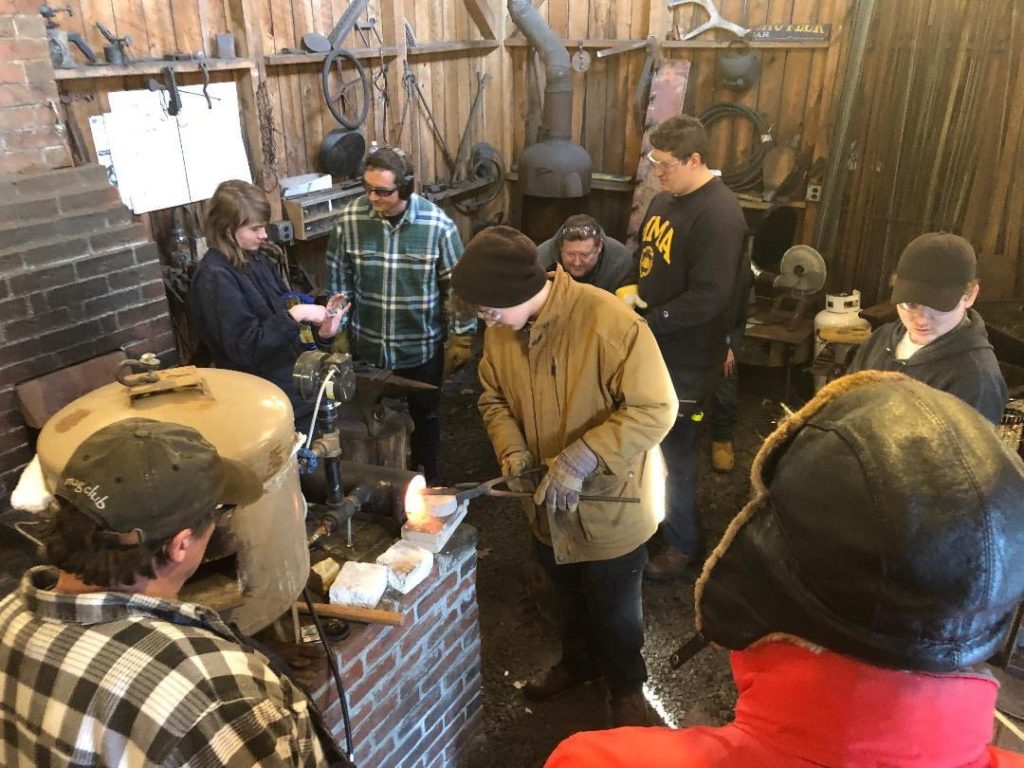

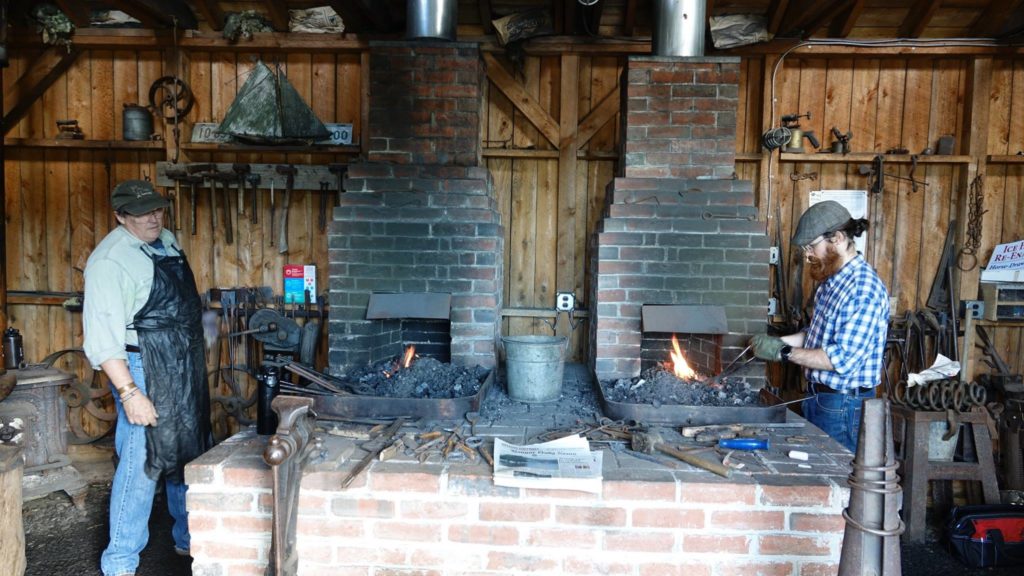
4. FORD MODEL T ASSEMBLY LINE
We have a collection of Model T cars thank to a generous donation from Isaac Hughes of Fayetteville, NY. There is also a Model T cord saw ( a homemade firewood cutting machine made from the family’s old car) and Model T Tractor Conversions (an example of a Worthington T made in Massachusetts as well as a mail order kit from Montgomery & Wards. The museum also has on the property an unrestored example of a tractor conversion kit from Sears & Roebuck purchased from its’ Bangor, ME store in 1919. The Ford Model T was produced from 1909-1927, a very long time for a single model of car with few changes. These cars lasted long after their heyday and many times were adapted to uses on the farm and in the forest in Maine and New England. Our 1917 Depot Hack is a prime example of this cars durabilty continuing to operate after more than a hundred years of service. We offer rides in this car as well as our 1927 Model T Touring car.
Our Ford Model T Assembly Line was inspired by an assembly line that existed in Springvale, ME in 1913, the year that the assembly line took root in the assembly of Fords at their Clifton Park, Michigan assembly plants; the assembly of cars improved from taking days to just 24 hours by 1913. Parts were shipped by railroad to places like the Wentworth Garage in Springvale, ME where they were assembled for the Maine market.
This Learning Station was first offered at the Maine Science Festival in Bangor in 2018. In 2019 it became a new offering at Curran’s Newfield, Maine museum village location ( this closed in 2020, and its’ resources were relocated to Orrington). There was much interest expressed by teachers due to this activities focus on teamwork building. Learn about how teamwork paired with the assembly line made for unprecedented productivity that consequently made for less expensive cars and greater earning power for Fords’ workers. It was the lessons learned from this manufacturing strategy that makes such essential things as food, clothing, and shelter more affordable and accessible to humankind.
In small groups, visitors are given instructions on formulating their own approach to the task of assembly. This activity requires delegating individual parts of the work equally amongst the group to literally beat the clock. as there’s a stopwatch running to record your completion time. Visitors assemble a 1/2 scale, two dimensional representation of a car in the form of a very tactile and kinesthetic infused jigsaw puzzle assembly with nuts and bolts holding them fast to a standing backboard.
Can your class produce a group that can assemble their car in four and half minutes or less?
Fastest times will be recorded on our WALL OF FAME.
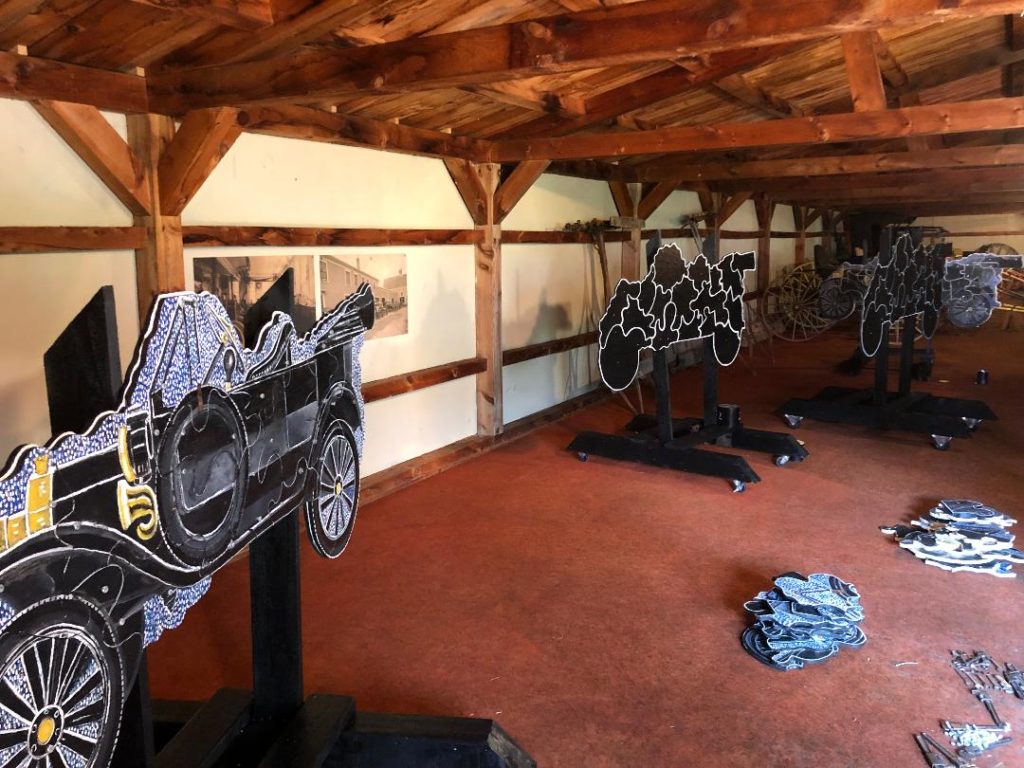
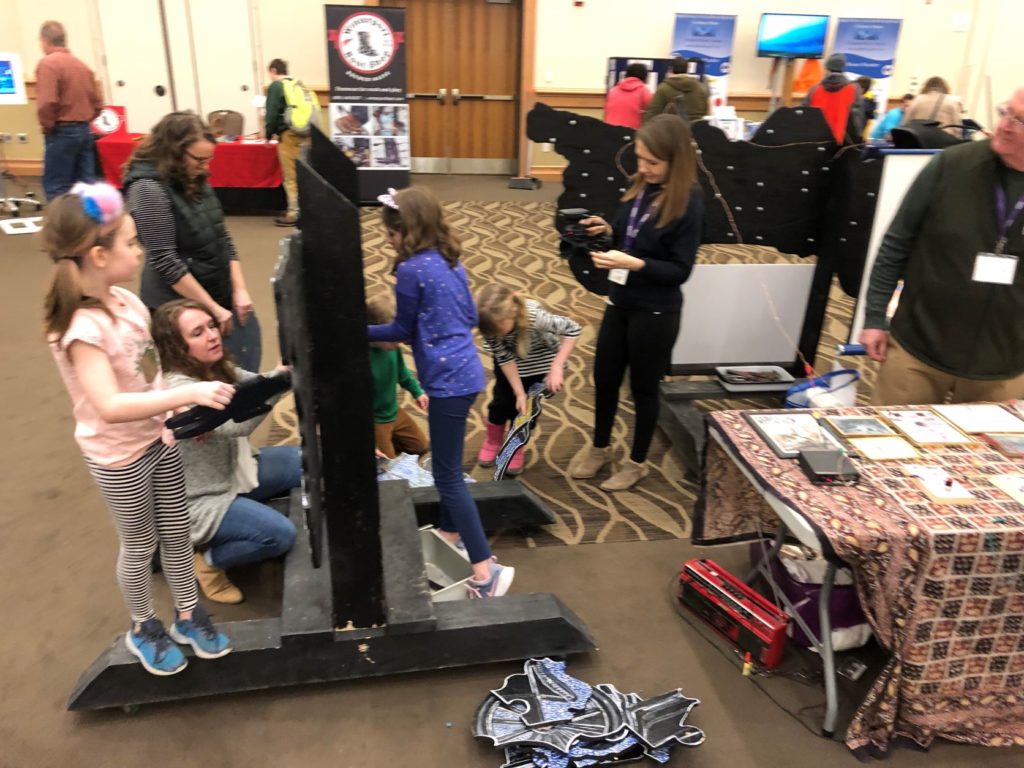

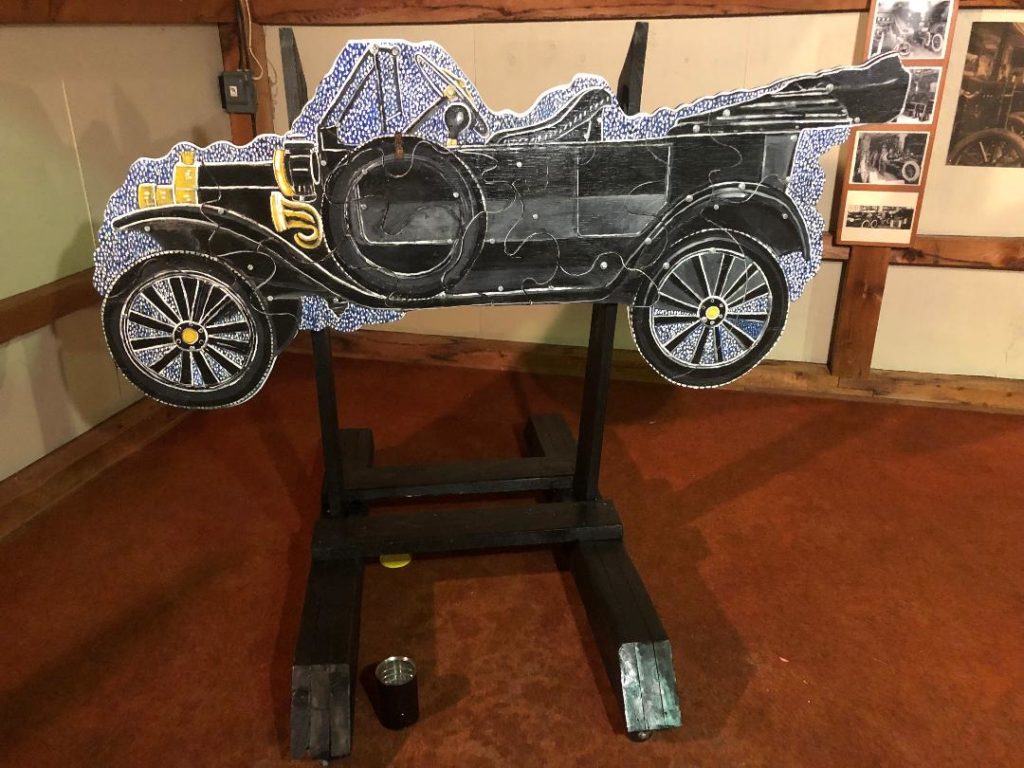
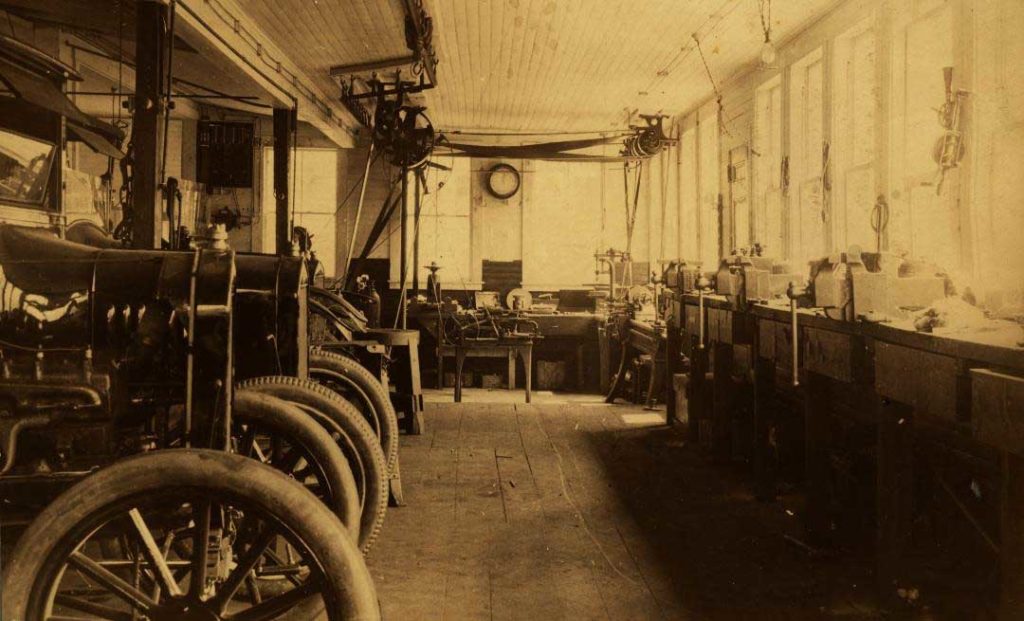
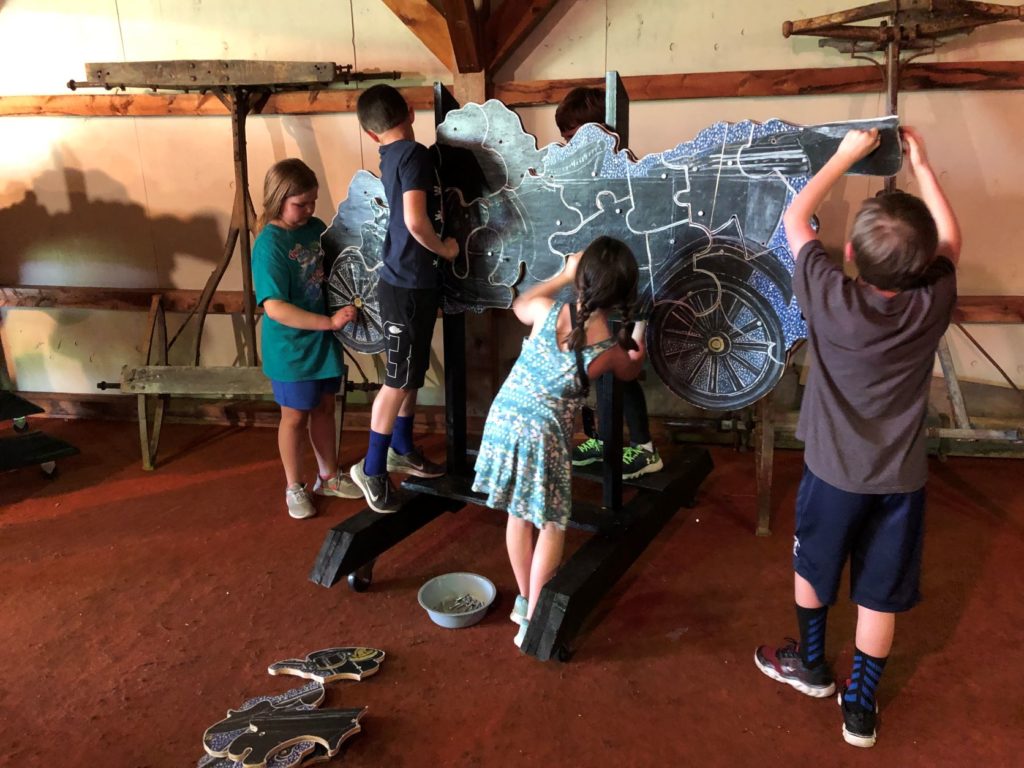

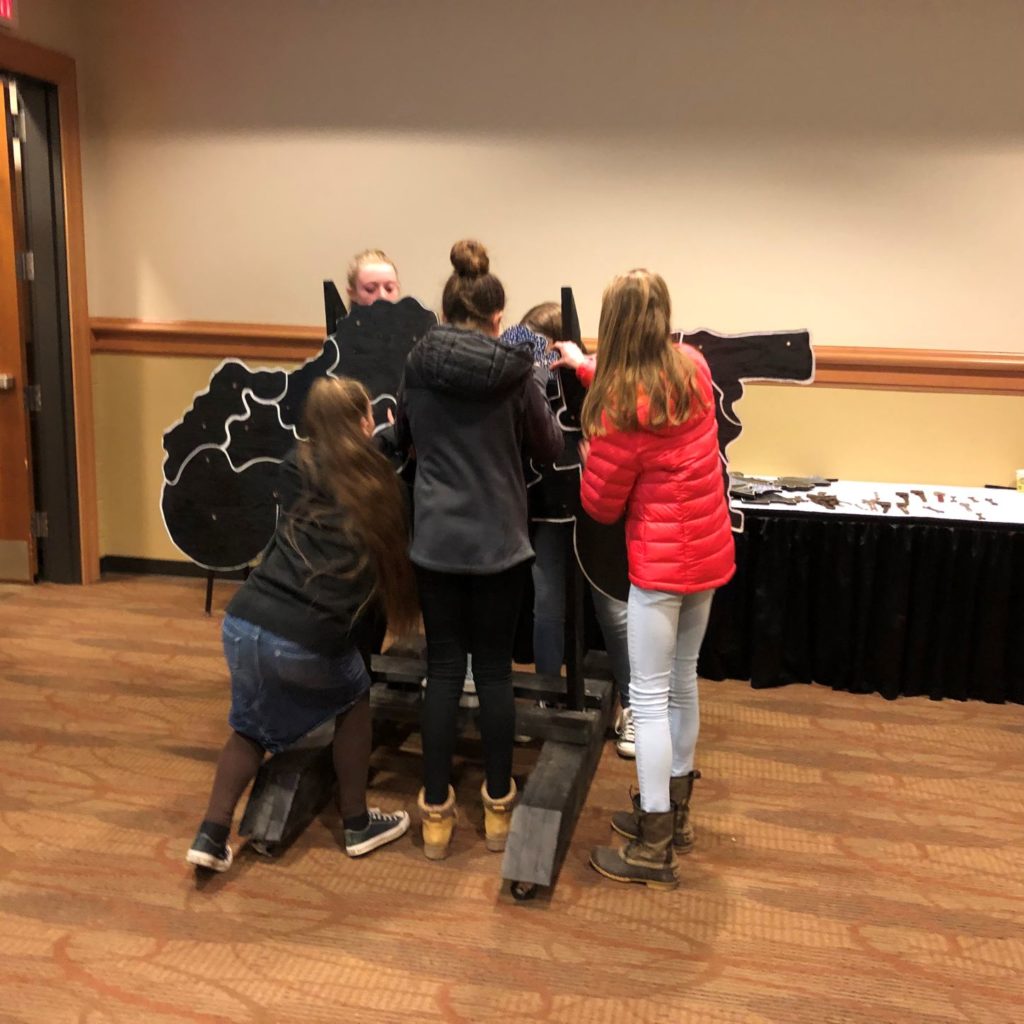
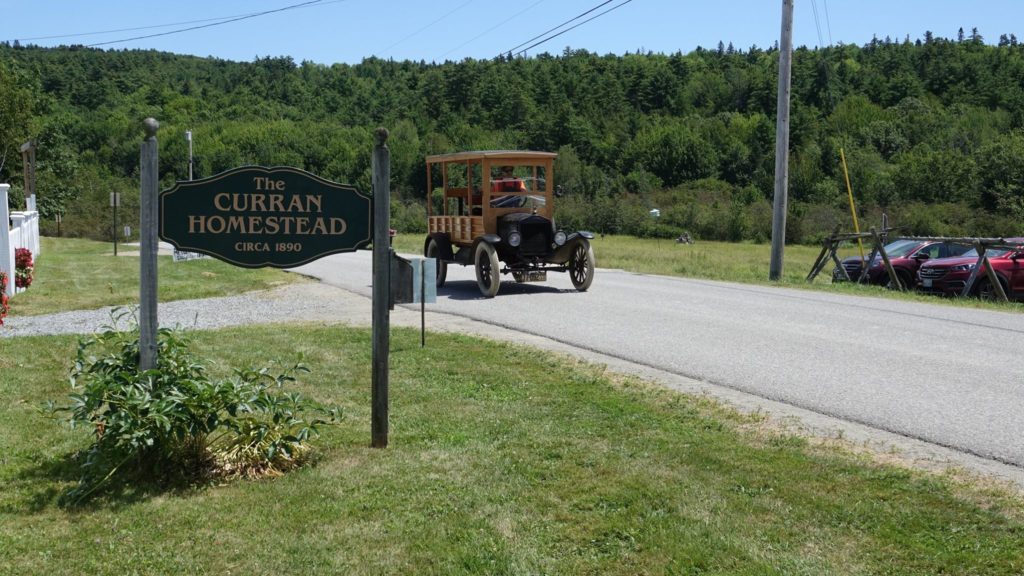
5. FARMHOUSE KITCHEN & PARLOR
Huddle around the old Curran family wood stove and bake. Our costumed interpreters will lead you in making Irish soda bread by reading directions and measuring ingredients. You will also work at making butter for your bread served up at lunch time. The lesson also includes some sharing of artifacts of household products from the past and some of the familiar advertising born in the 19th century.
In the adjacent parlor, learn about how people spent their leisure as well as medical treatment available to 19th century rural Americans. A stereoscope offered views of life beyond the farm, village, state, and country. Magic lanterns were the precursor to movies. Itinerant entertainment companies brought gramophone music and moving pictures to rural communities; see a Charlie Chaplin short and see some glass slide projections.
Home remedies and quack medicine were a new addition to the lives of Americans in the 19th century with the development of mass-production allowing for patent medicines and things like our own electromagnetic shock machine to be marketed to everyone, It was the producer of this electromagnetic shock machine who claimed to “cure” hysteria in women as well as gangrene and toothaches. Learn about phrenology, the science of reading bumps on your head with insights to your talents and misgivings. See examples of homeopathic medicine for every ache and pain. The late 19th century also introduced us to major real science breakthroughs like the x-ray machine that allowed more exacting diagnosis and a view into the internal workings of the body. Discuss the diagnosis of bone breaks and ruptures as well as injuries from foreign objects. Diagnose using our x-ray viewing machine. Unlike today with pharmacists dispensing medicines, the doctor was often the one who not only prescribe but dispensed as well as made medicine. Time permitting we might try to roll some pills as medicine often took the form of powder, and it was necessary to compact this into pills for prescribed dosage.
6. HORSE CAROUSEL
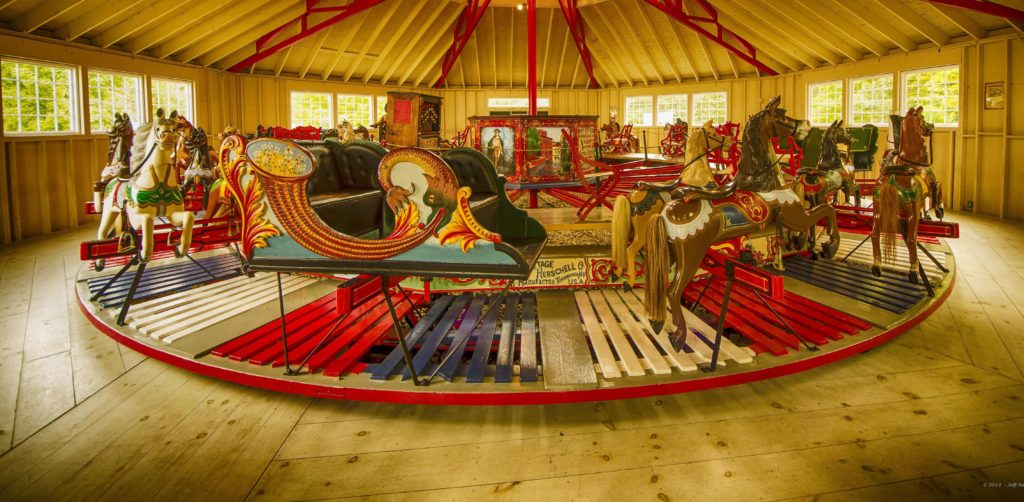
School field trip groups will ride our 1894 Herschell-Armitage horse carousel (powered by its’ original steam engine that has been converted to compressed air for safety reasons).
This carousel was offered to the public as an amusement ride at local fair grounds and gatherings in Maine, Massachusetts, and New Hampshire from 1896-1922 by its’ former owner Ivory Fenderson, a cabinet maker in Saco, Maine. Fenderson was an entertainment impresario, as he offered Magic lantern slide shows, gramophone music concerts and silent movies as well in the 1890s when this technology was relatively new, The carousel traveled by railroad and by horse and wagon to destinations like Bangor during its heyday. We have a photograph of it at Houlton, Maine in the 1890s. The carousel was retired in 1922 to the loft of a hay barn where it remained until 1977 when it was brought to the museum. It took staff of the former Willowbrook Museum in Newfield, Maine fourteen years to restore it to its present condition.
Only in recent years has a ride been a staple of school field trip programming. In 2016 Willowbrook Museum closed and was gifted to The Curran Homestead on January 1, 2017. Curran ran this Museum from 2017-2020. In 2020, the Museum properties in Newfield, ME were sold and buildings and collection, including the carousel and the building it was housed in were disassembled, relocated and re-assembled. Carousel rides were offered at 19th Century Curran Village starting in July 2022.
In addition to the carousel we have many buildings that contain hands-on interpreter led activities; these all include working collections of artifacts from the 19th century:
Blacksmith: Meet our blacksmith, and watch him forge metal objects. He works at a coal-burning side draft forge. He will demonstrate heating and forging steel. He will discuss his occupation and its importance to American life in the past. He will invite some students to assist him. We have two functioning blacksmith shops, as we also provide ongoing classes for adults and teens in knife making, propane forge making, and traditional blacksmithing. Ask about this.
Telegraph Rooms: this offering is housed in three different locations separated by a distance of 75 yards or more. There are 10 working telegraph keys and sounders between the spaces. The telegraph stations are replicas of circa 1915 telegraph offices with faux, life size examples of spark gaps, voltage regulators, knife switches and knob and tube wiring, Although some of the instruments that students will be using are a hundred years old or more. Students explore Morse code messaging. Morse code communication was phased out by the US military as late as 2008 after roughly a 150 years of use! Telegraph messages were the beginning of the communications we use regularly today, like text messaging and cell phones. Learn about early communication and its relationship to present day text messaging!
The core of the telegraph rooms props were used in a stage production of Titanic at the Lyric Theater in Burlington, Vermont and are on long term loan. The remainder of the exhibit was created by museum staff starting in 2014 and is ongoing.
Magneto Telephones, Crystal Radio Sets, and Dynamos: Hand crank magnetos that power a working telephone, lighting, and magnets. These relate to telegraphs we will be using as these too use electromagnets.
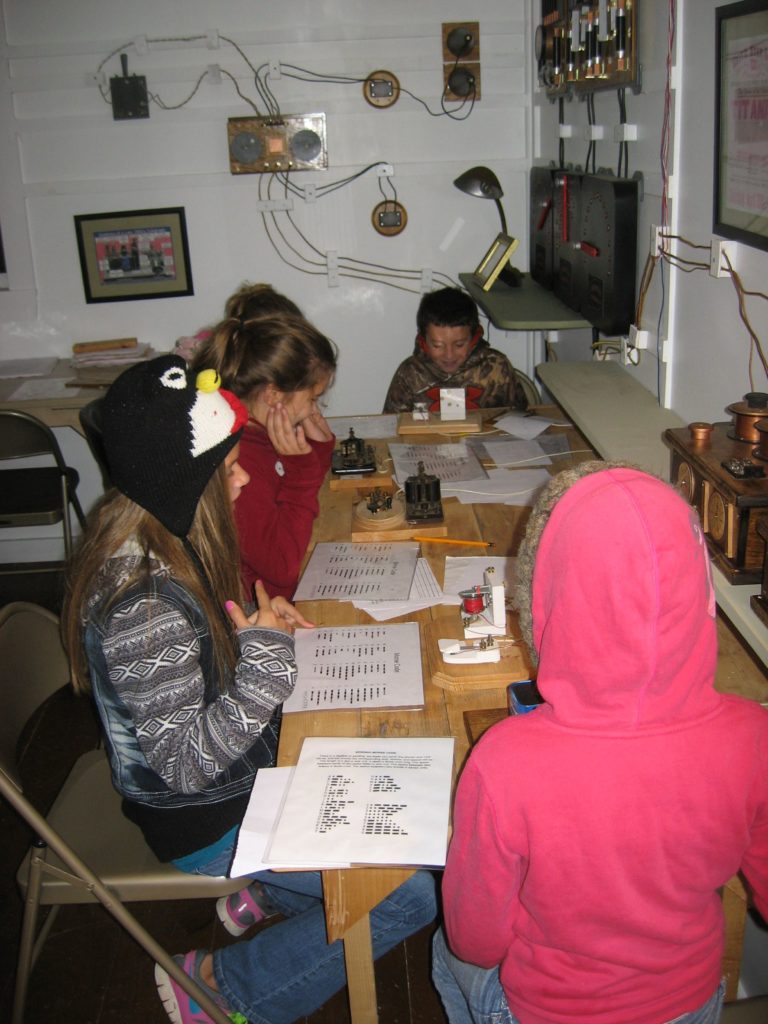
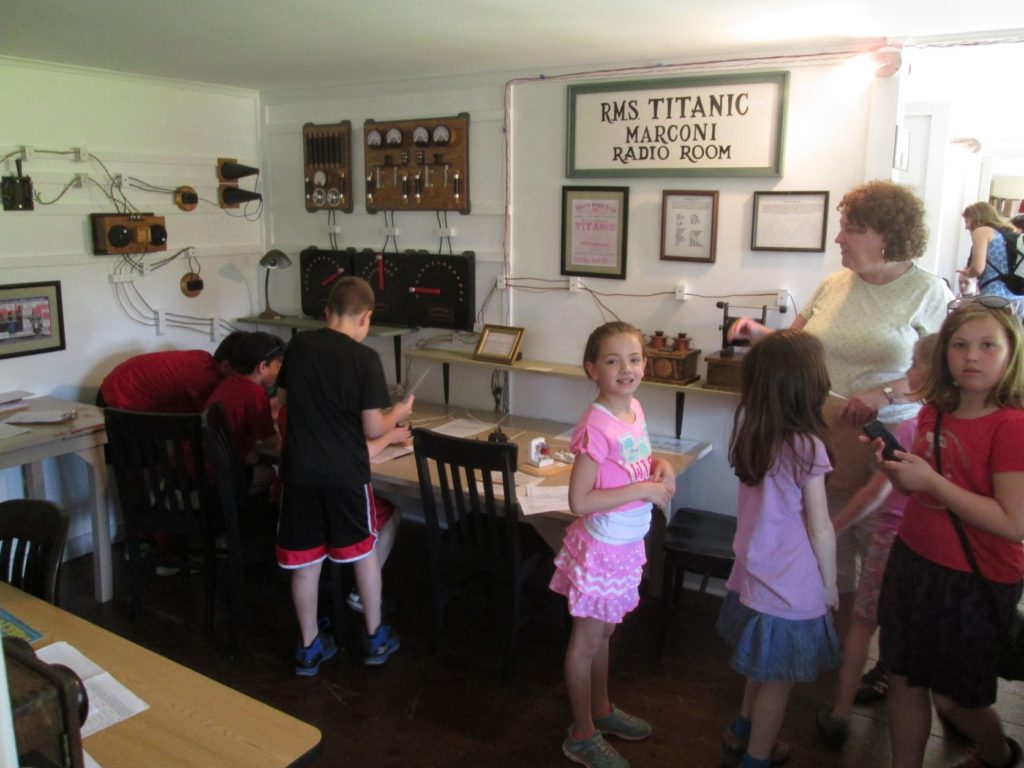
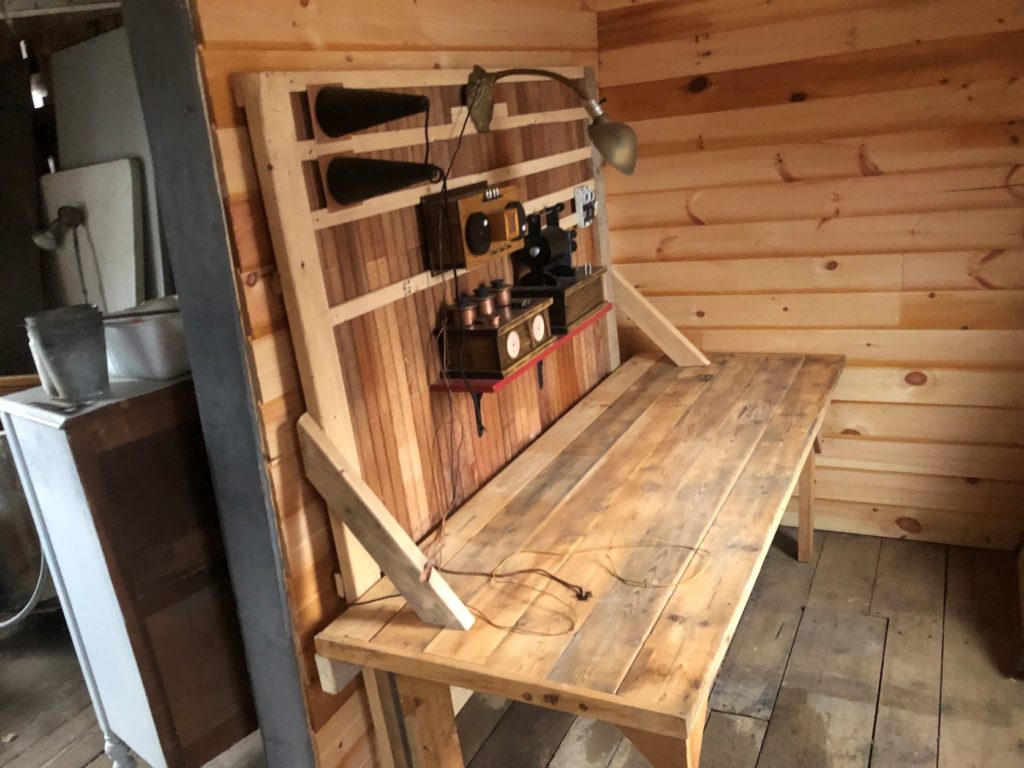
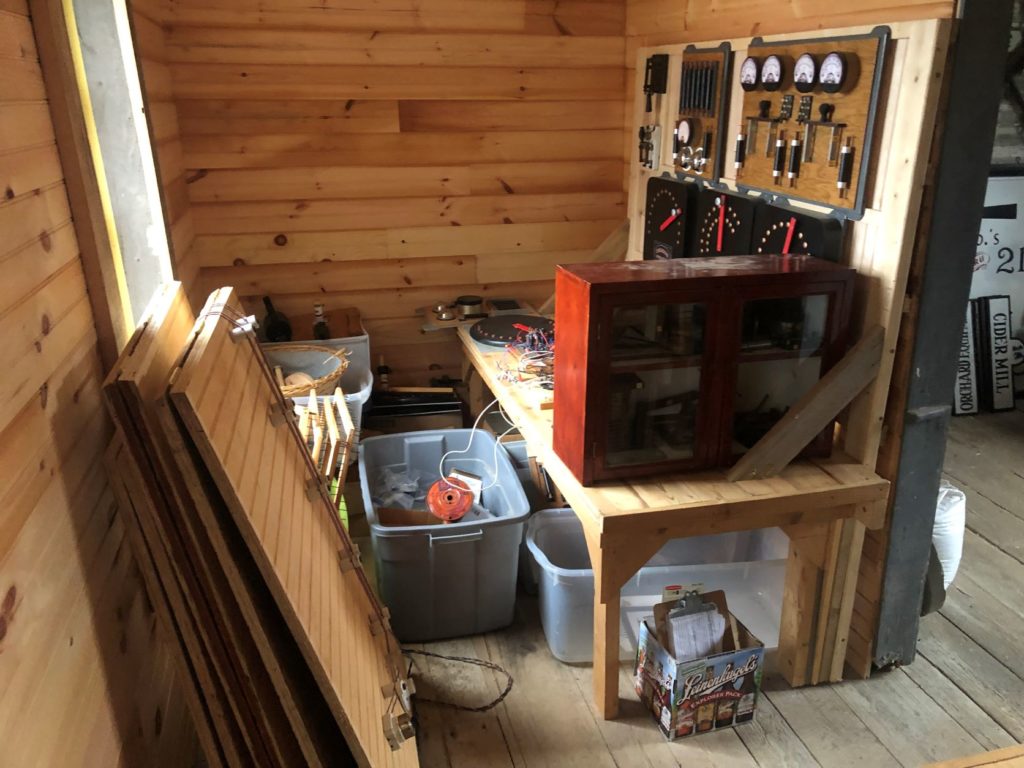
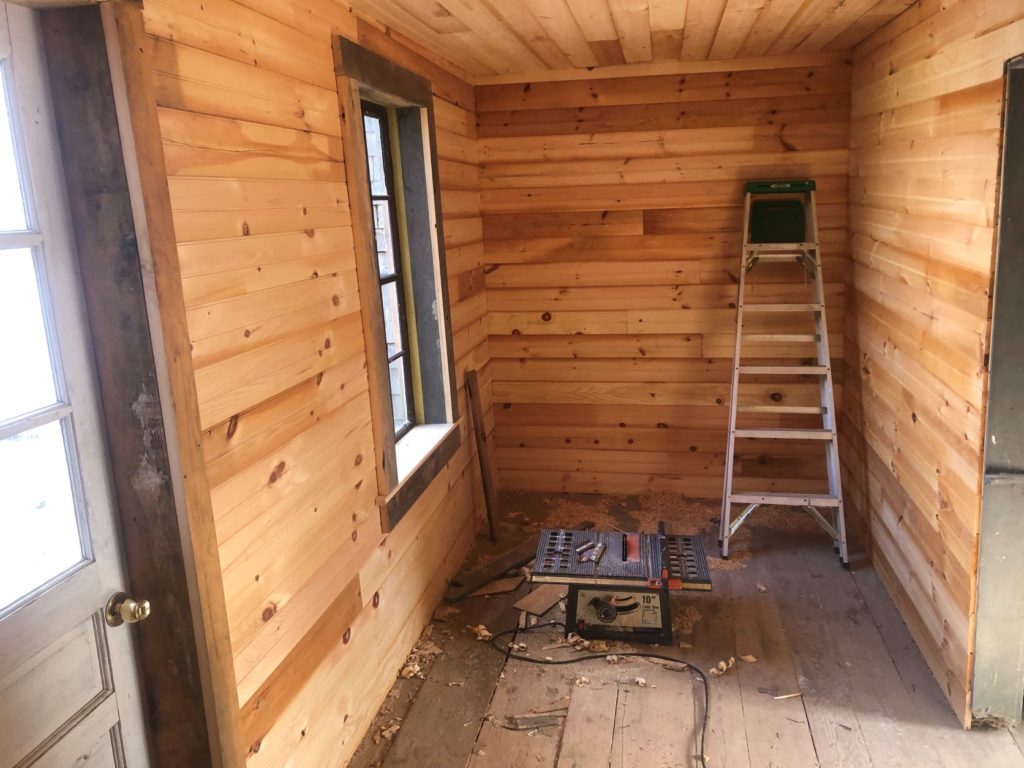
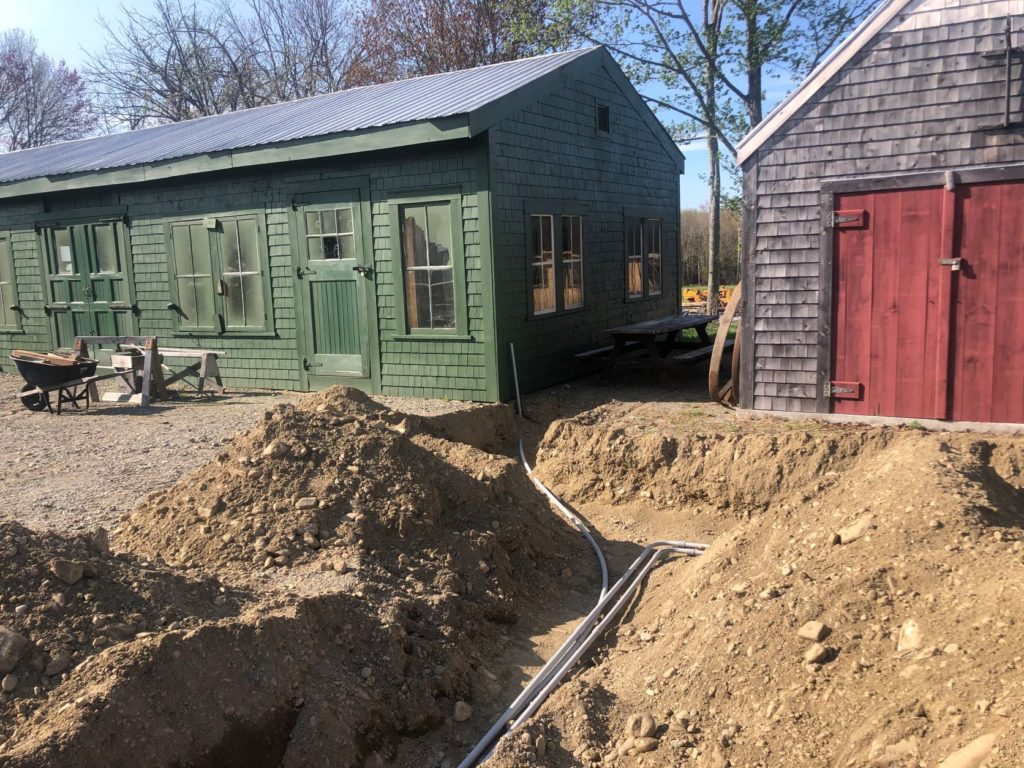
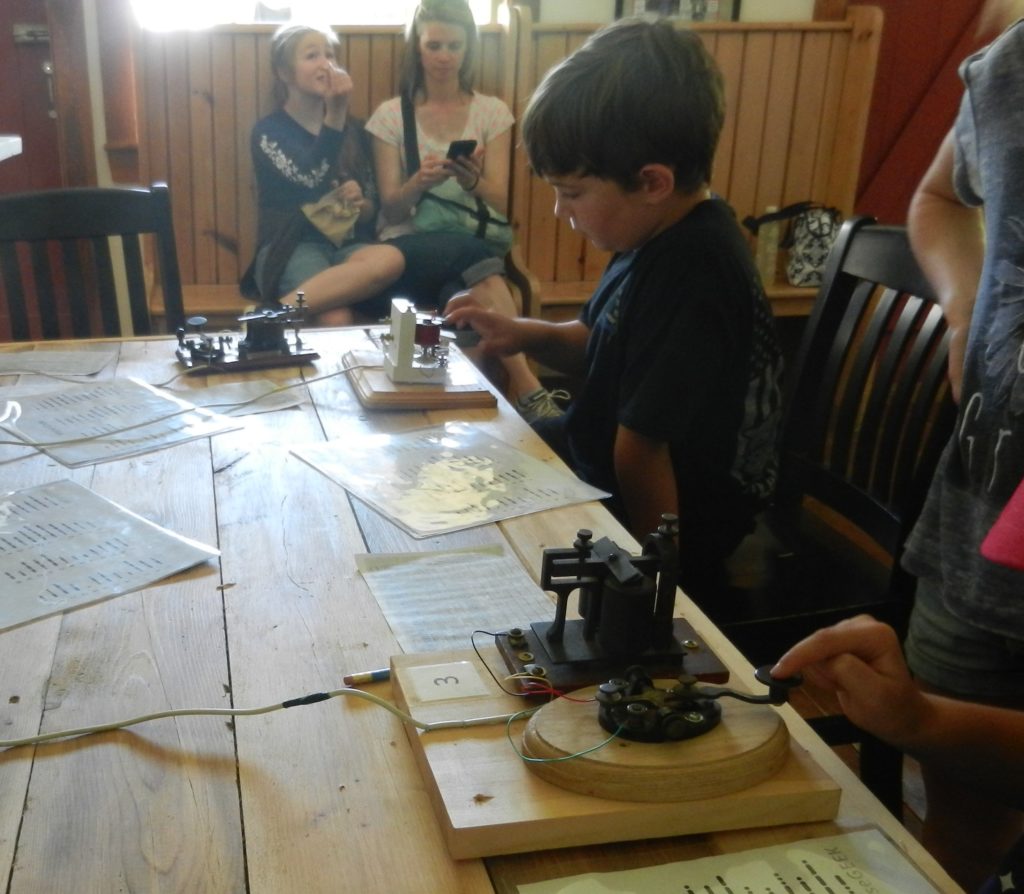

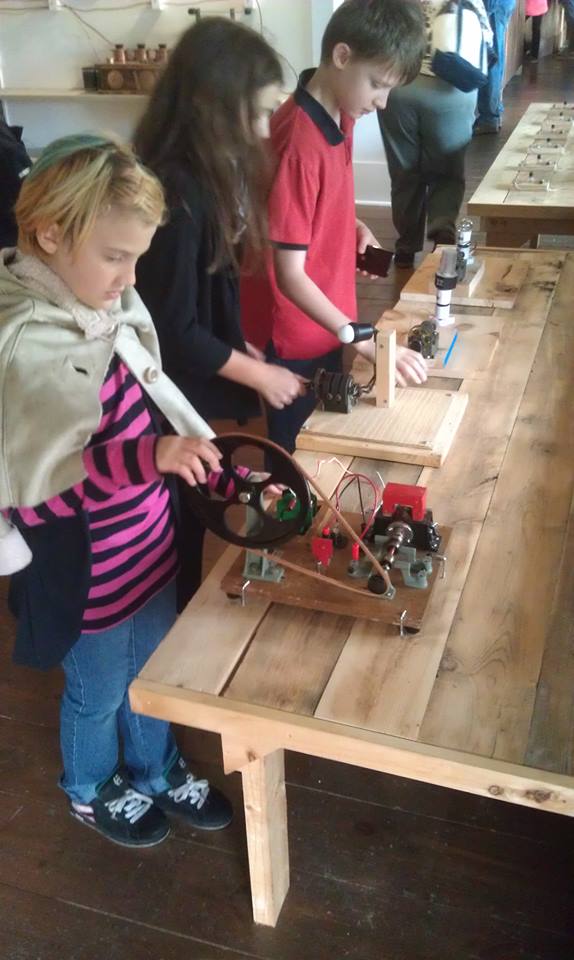
Early Gas Engines: See a 1919 Nelson Brothers 5 HP gas engine started. Yes, it is supposed to make that “back fire” sound. Tour a collection of early gas power machine used for lumbering and firewood preparation. A Model T Worthington Tractor and a early Fordson tractor are also in the collection. Model T assembly line activity. Also, see some new objects on exhibit including a Ford Model T “Jitterbug”, or “Doodlebug”. These were homemade tractors made from converted automobiles. Additionally, we have a 1928 Model A tractor conversion. This is another homemade tractor that includes a kit purchased contemporaneously from Montgomery and Ward mail order company. Sometimes, or by request, we can run these homemade tractors for your classes; they are the embodiment of Yankee ingenuity evidencing a spirit of invention that runs deep in Maine and New England heritage.
Two-Man Saw: Experience what cutting firewood and lumber was like before the chain saw. In connection with this also see a firewood cord saw made from a Model T Ford; this was a a means to cut stove wood in an area before lightweight chainsaws allowed an easier means to getting your heat source. We also have a popular hockey-rules board game from the 1920s—Knock-Hockey. Teachers, you might have to pry your students from this. No high sticking—checking, please!
Simple and Complex Machines: Block and Tackle, Chain Falls and a Furber Water Pump: these are among the favorite hands-on activities of past visitors. Experiencing real simple machine complements any textbook lesson for your curriculum including rolling a barrel up the inclined plane of a barn ramp, hand cranking a post drill (screw), pumping water with its levered handle, using a pulley, jacking up a wagon with another type of lever—a wagon jack, and lifting a hay bale with a series of pulleys…
Life Size Pinhole Camera (Camera Obscura): By the 1920s and 1930s seemingly everyone in America had a camera and snapshots were all the rage. The phenomena of images passing via light into a dark box upside down was known long before the first cameras of the 1840s appeared in America. This is a natural phenomena, camera obscura, that is demonstrated by human vision although the process is involuntary and subliminal. Students will have to climb in the box, draw the curtain, close the door, and hold a piece of foam core in front of them in order to recognize the upside down image that appears on it. This image has streamed through a pinhole in the front of the box revealing what is outside. This is more effective if teams of two do this whereby the person outside the camera stands at least ten paces away from the camera front and waves his or her arms making the appearance of motion on the foam core inside the camera appear more recognizable to the person holding it.
Country Store: This structure is tentatively planned for 2021/2022, and it will house our collection of furnishings and artifacts that originated with the 1859 Amos Straw Country Store in Newfield, Maine. These furnishings and artifacts date from the 1880s/1890s and characterize a destination that served the consumer needs of rural communities but also served a social function as they were often gathering places for interaction, conversation, and play. This store will serve similar purposes as our gift shop, exhibition space, and food service: ice cream parlor, sandwich shop and grill.
Victorian Kitchen: a common thread that links much of what exists at 19th Century Curran Village is that much dates from America’s Industrial Age. Much of the material culture that you will have hands-on experiences with was manufactured in America. A kitchen from the Victorian era (1890s) included many cast iron objects made in factories. Kitchens became more efficient in this era with the introduction of machines and appliances. Students will learn about the kitchen of the past, churn butter, follow a recipe, mix ingredients and see muffins baked in a wood stove. Additional sharing about penmanship and measurements no longer familiar to us are part of the experience.
Circa 1900 Laundry: among the appliances available in the Industrial Age was the washing machine. Students will load the machine agitating the water with a hand crank mechanism. With a “dolley” stick laundry is fished out and run through a mangle or wringer. Students hang laundry on the close line with wooden pins. Try a sad iron that would have been heated on top of the wood stove.
19th Century Schoolhouse: this is a replica structure of a schoolhouse built in 1839 in Parsonsfield. Led by our role playing school “marm”, students experience first hand what it was like to go to school in a one room schoolhouse in the late 19th century.
Country Doctor’s Office: Assemble a skeleton from x-rays, Roentgen’s 1890s invention that revolutionized medical diagnosis Learn about a Maine country doctor like Dr. Isaac Trafton who actually had no access to an x-ray in rural York County, Maine where he practiced medicine after completing a two year medical degree at the Maine College of Medicine at Bowdoin College in the 1850s. Get electroshock treatment for “hysteria” on our hand crank electro-magneto that was very much part of an era rife with quack medicine claims and miracle cures. Learn about reading bumps on your head (phrenology) to determine your potential skills and talents 1850s style. See other quackery from the period and learn what Dr. Trafton as well as his contemporary Dr. George Wheeler were practicing in rural Maine in the 19th century. Dr. George Wheeler was born in Standish, Maine and spent his adult life in nearby Castine, Maine as a general practioner. He served as a surgeon during the Civil War.
In addition to our Victorian Kitchen, Experience Our Furnished Sitting Parlor and Dining Room Completely furnished with all the trappings of late Victorian life you will be transported back in time. Experience how people dined and how they spent their leisure time with their family and friends in 19th century rural Maine and New England.
1890s Basketball Court: The game has changed much since its’ rules and strategy were conceived by James Naismith in the 1890s. No dribbling, much passing and no backboard to bank your shot into a, yes, peach basket!
Printing Office: the William Cram Printing Office is open for business with real letterpress printing press that you use to make a souvenir book mark. Experience a 1920s typewriter, pen nibs with bottled ink, and a quill pen that you sign your name with. Compose your name with block type and meet a real letterpress printer who still practice this antiquated method of printing in Scarborough. Inquire about opportunities for a day long printing workshop and bookbinding usually offered during the late fall and winter.
Granary and Cider Mill (Hoof, Paw, Hand & Foot Power): the farmer was one of the greatest beneficiaries of labor saving devices in the Industrial Age. Earlier in the 19th Century, grain for flour and livestock feed was processed through the use of water powered mills; these were large structures dependent on wooden cog wheels and pulleys of large dimension. Manufacturing brought portable mills, portable shellers, portable grinders and more to the farmer often by mail order. The power source for these machines might be horses, dogs, goats or sheep. Students power an 1880s dog or horse treadmill, turn a hand crank on a bone grinder or burr mill and ‘crack” corn. Our cider mill is seasonal but students get some experience on another treadmill that powers a commercial apple grinder. See our 10 foot twin screw cider press cast in Waterville, ME in the 1870s.
Transportation and Car Culture Buildings: Visit our collection of wagons, carriages, sleighs and sleds as well as 19th century commercial vehicles. See our collection of restored Model T Fords! We have a collection of functioning early gas engines as well as examples of steam power. More unique to the rural New England experience is our collection of homemade machines embodied in re-purposed Ford Model Ts for splitting wood, lumbering, and agriculture. Central to seeing these machines is the experience of our hands-on Ford Model T Assembly Line. Did you know that Ford Model Ts were actually assembled in Maine as early as 1914? Learn about play strategy, team work, and assembly line work in early 20th century America with our Model T Assembly Line.
